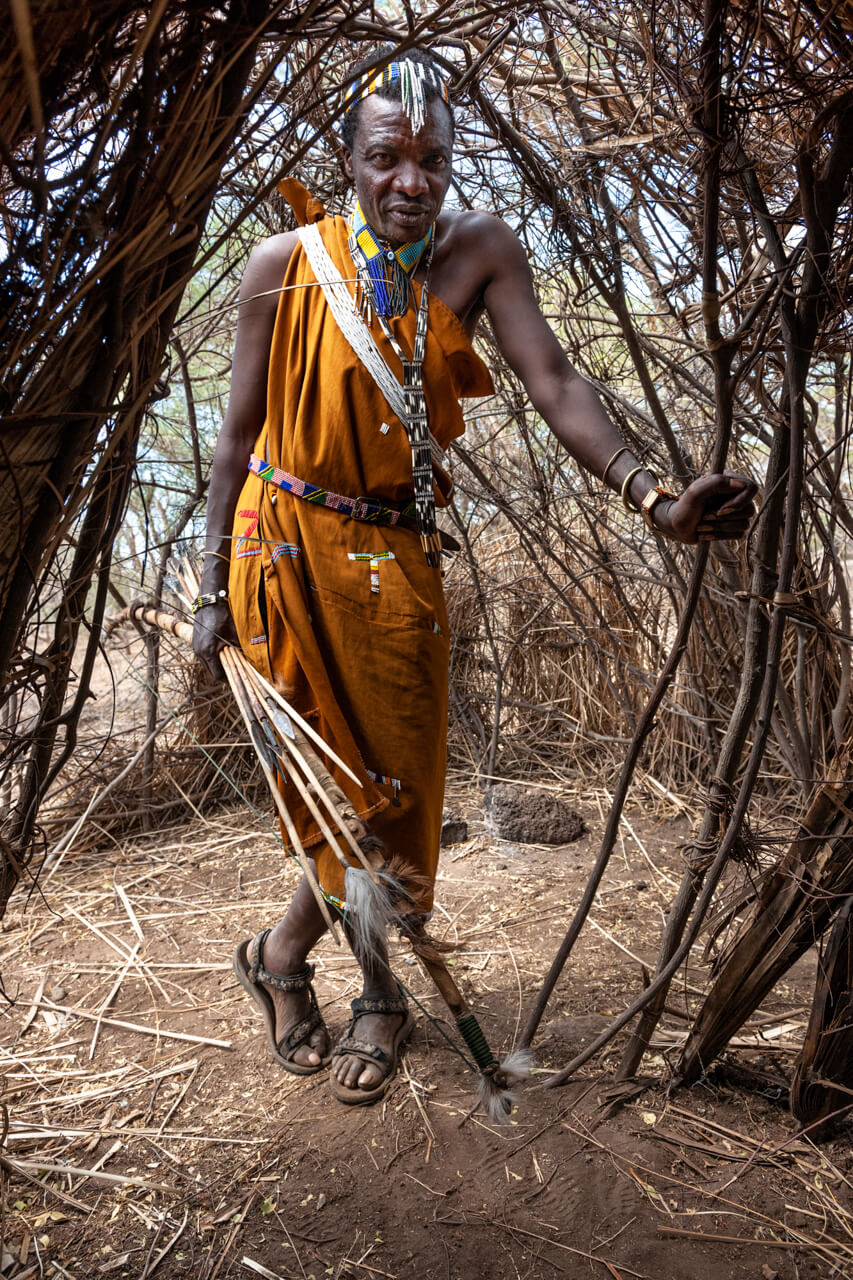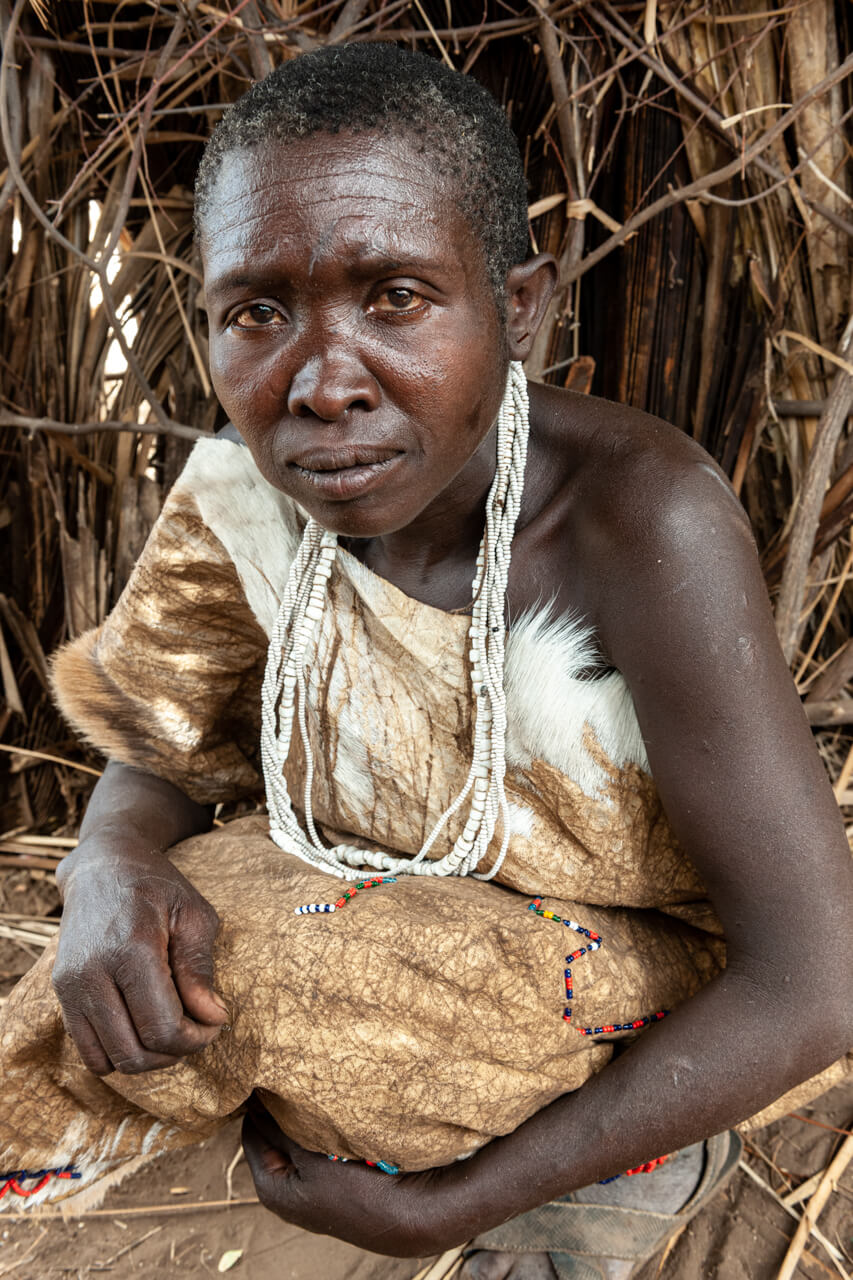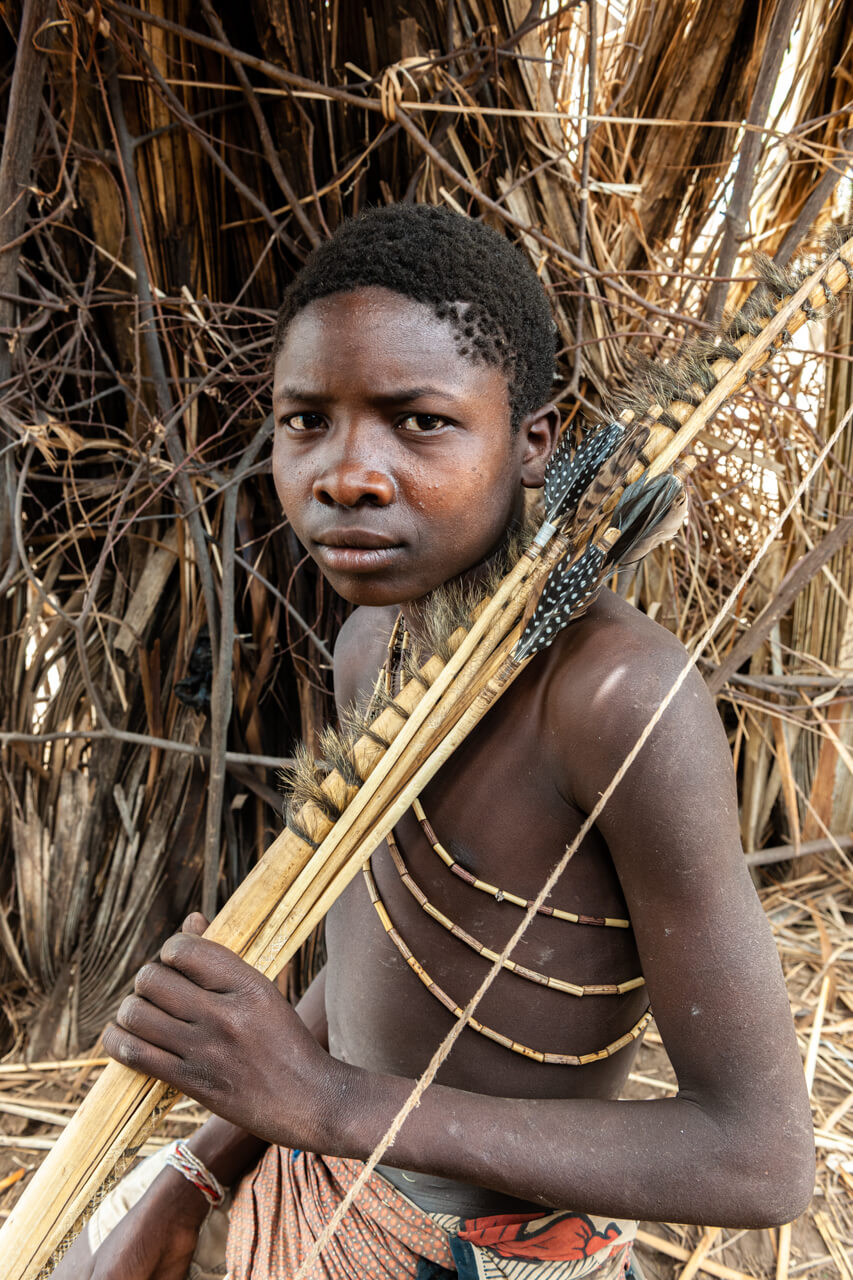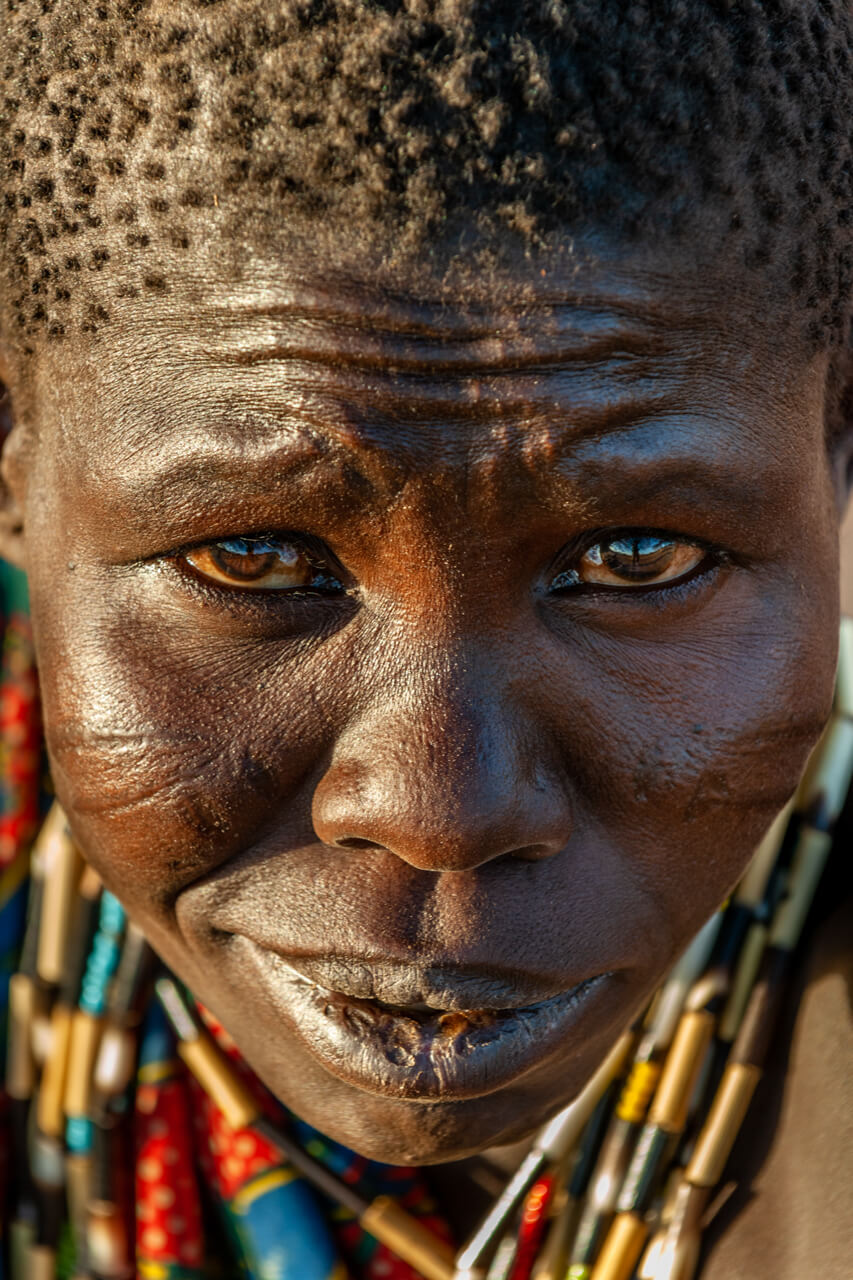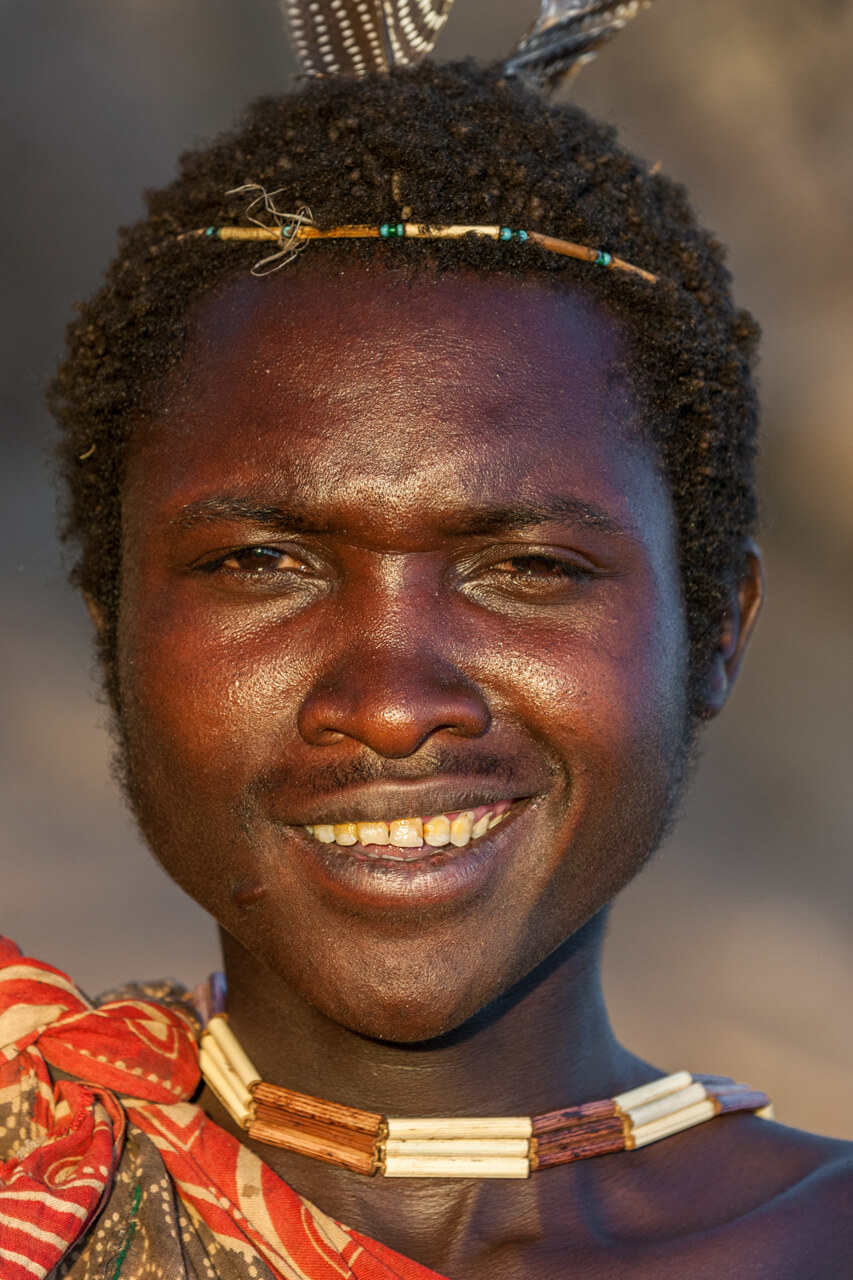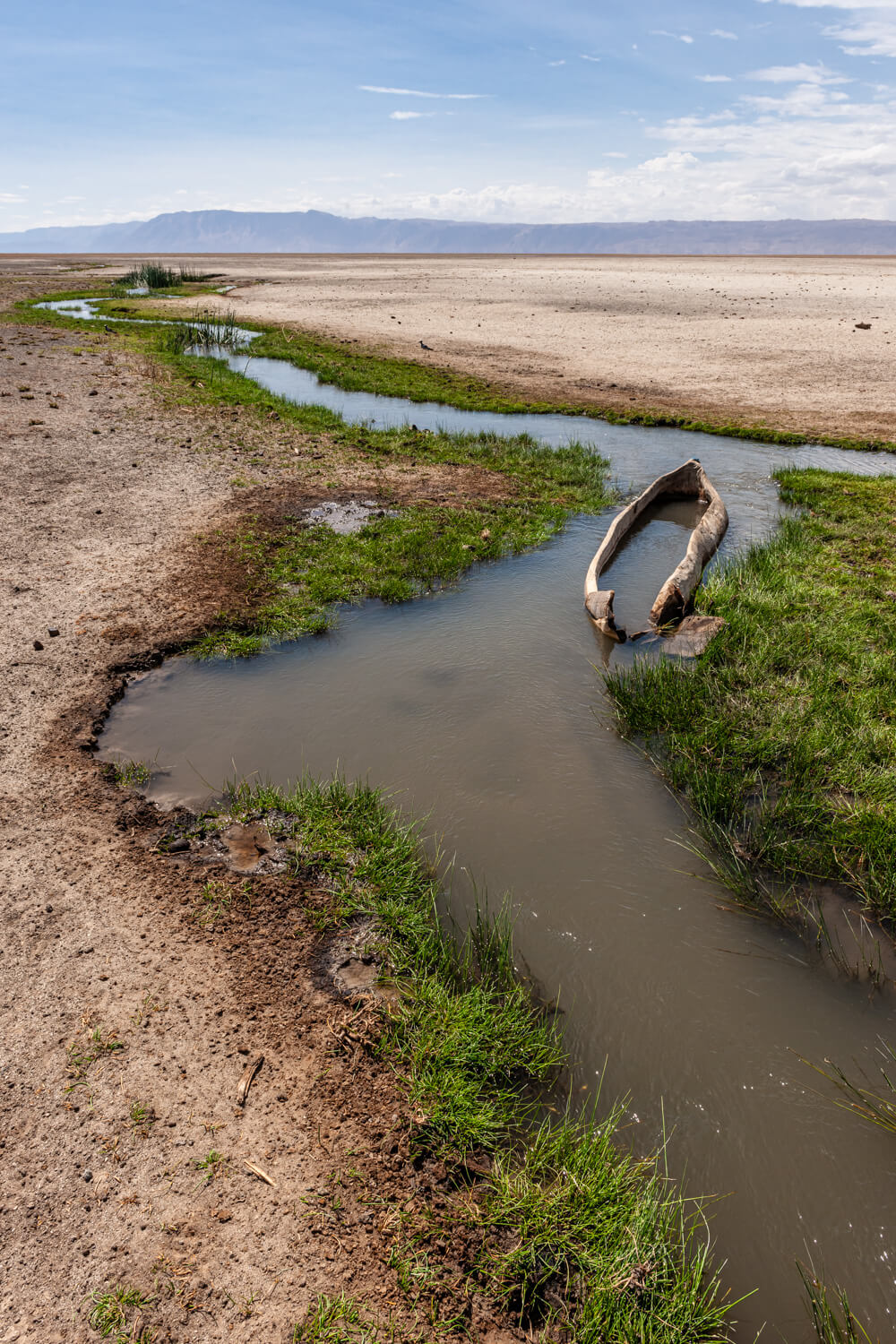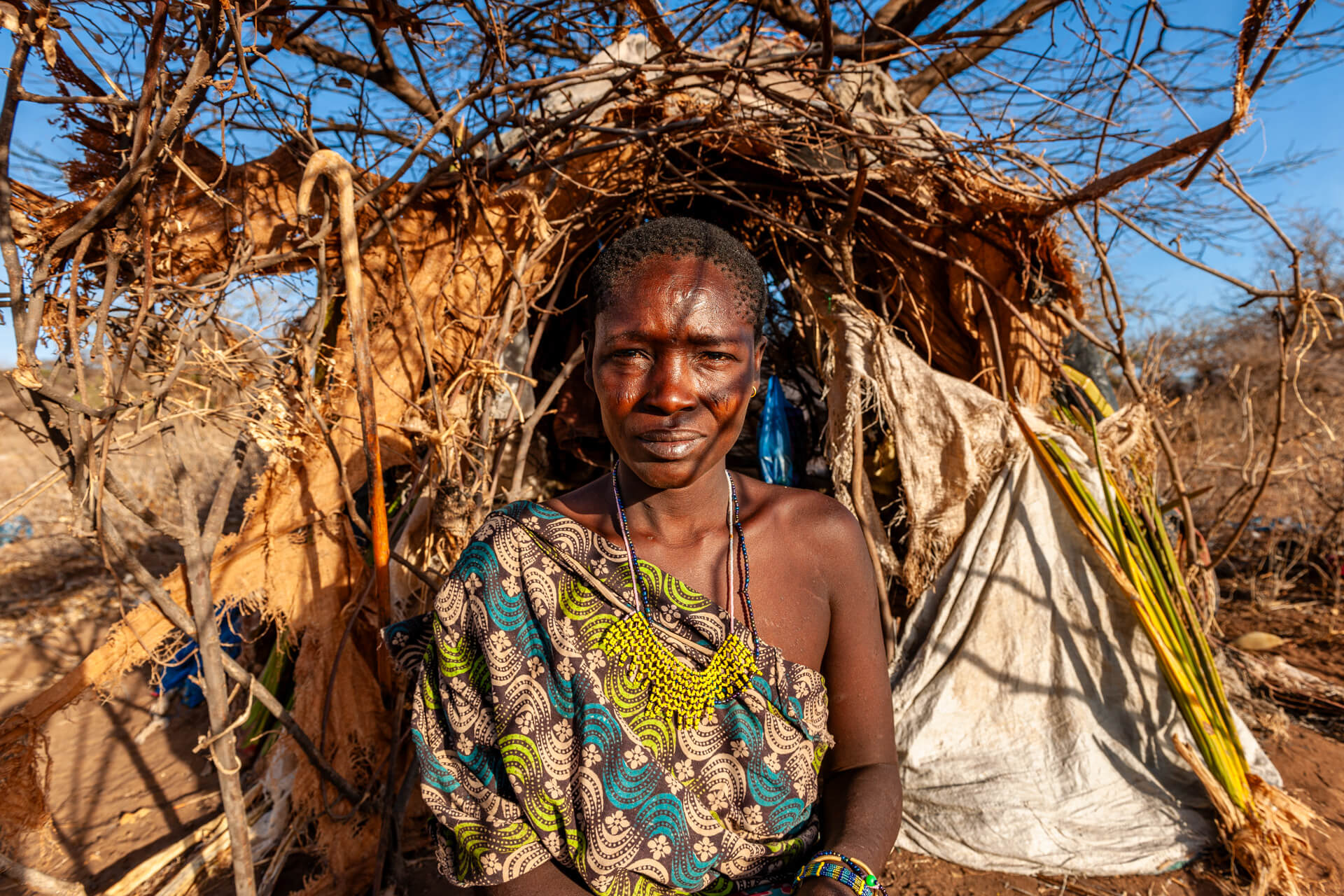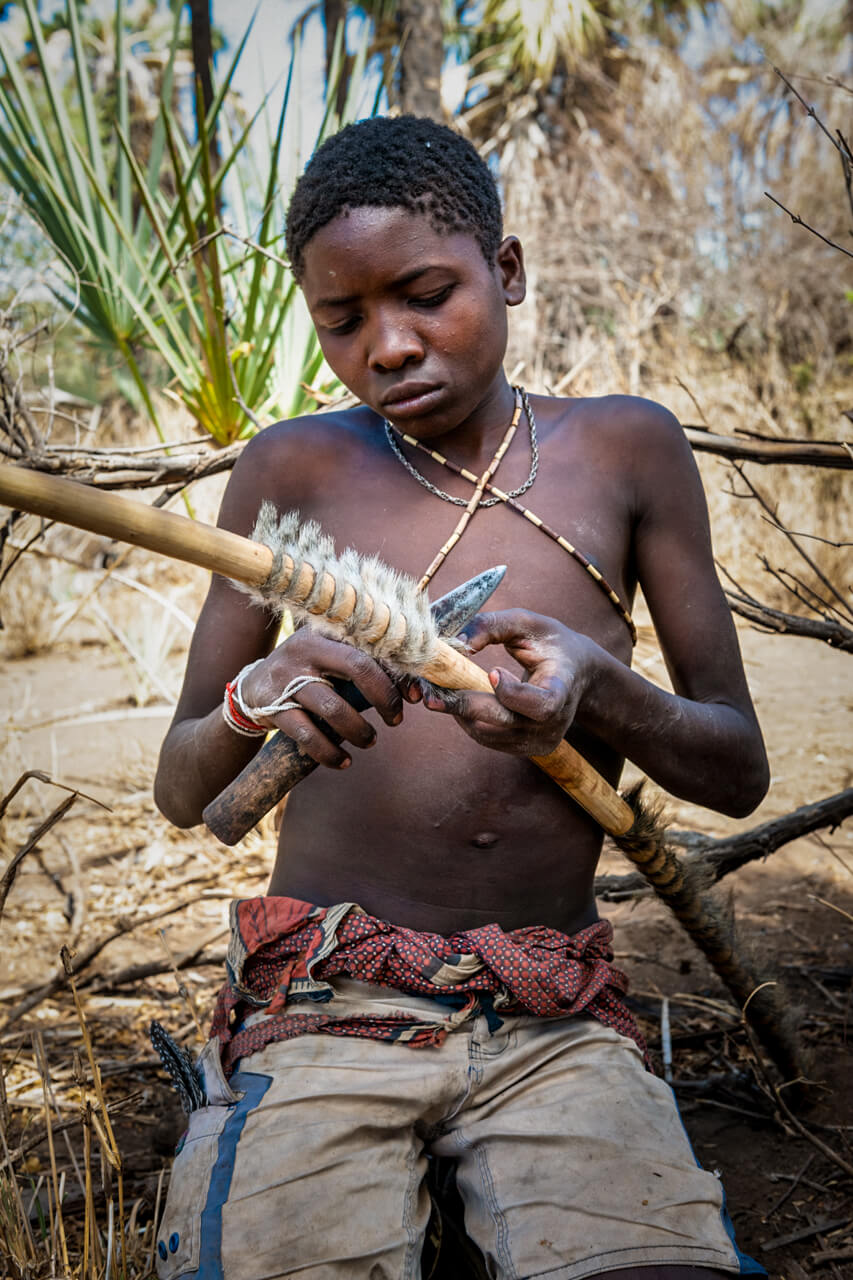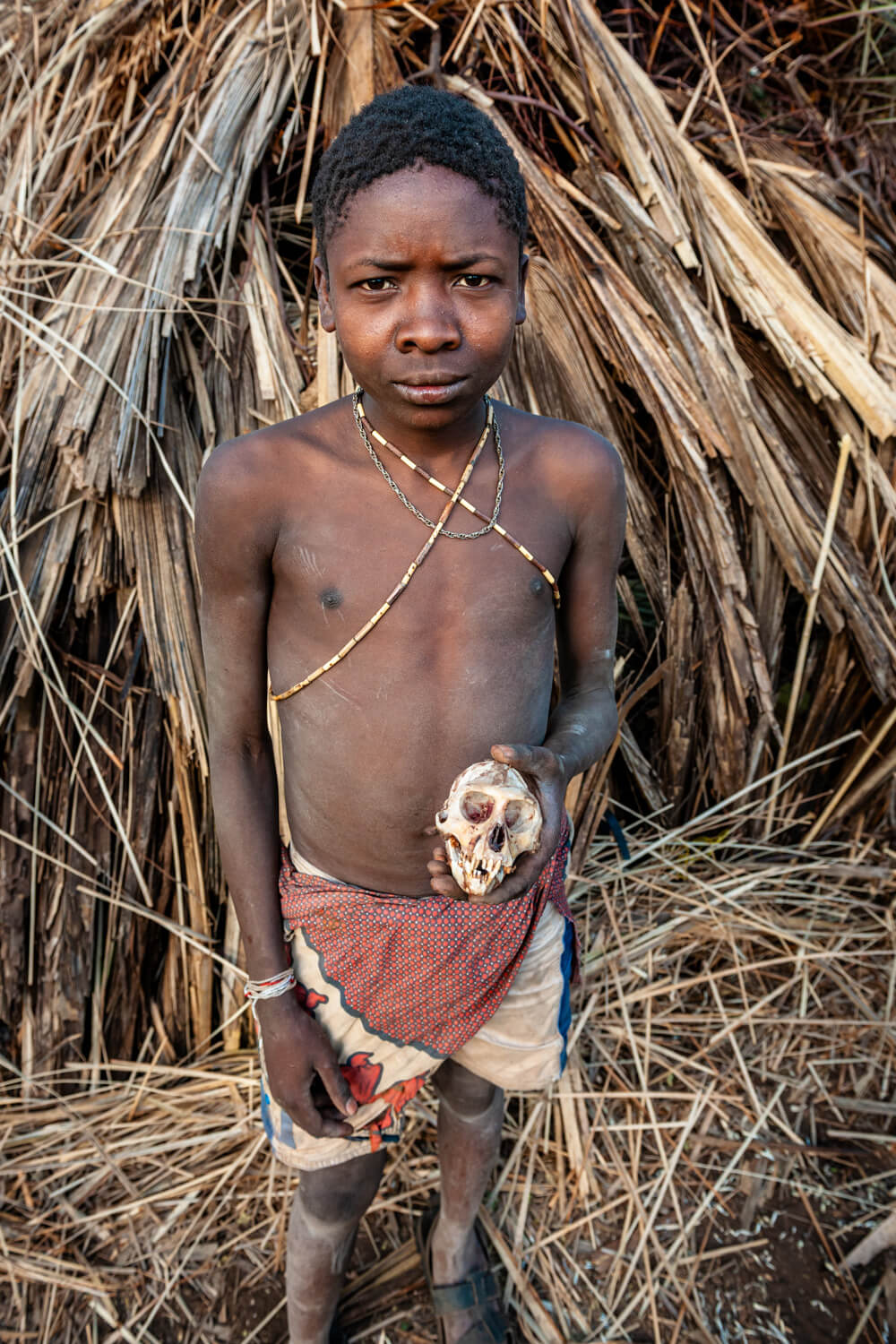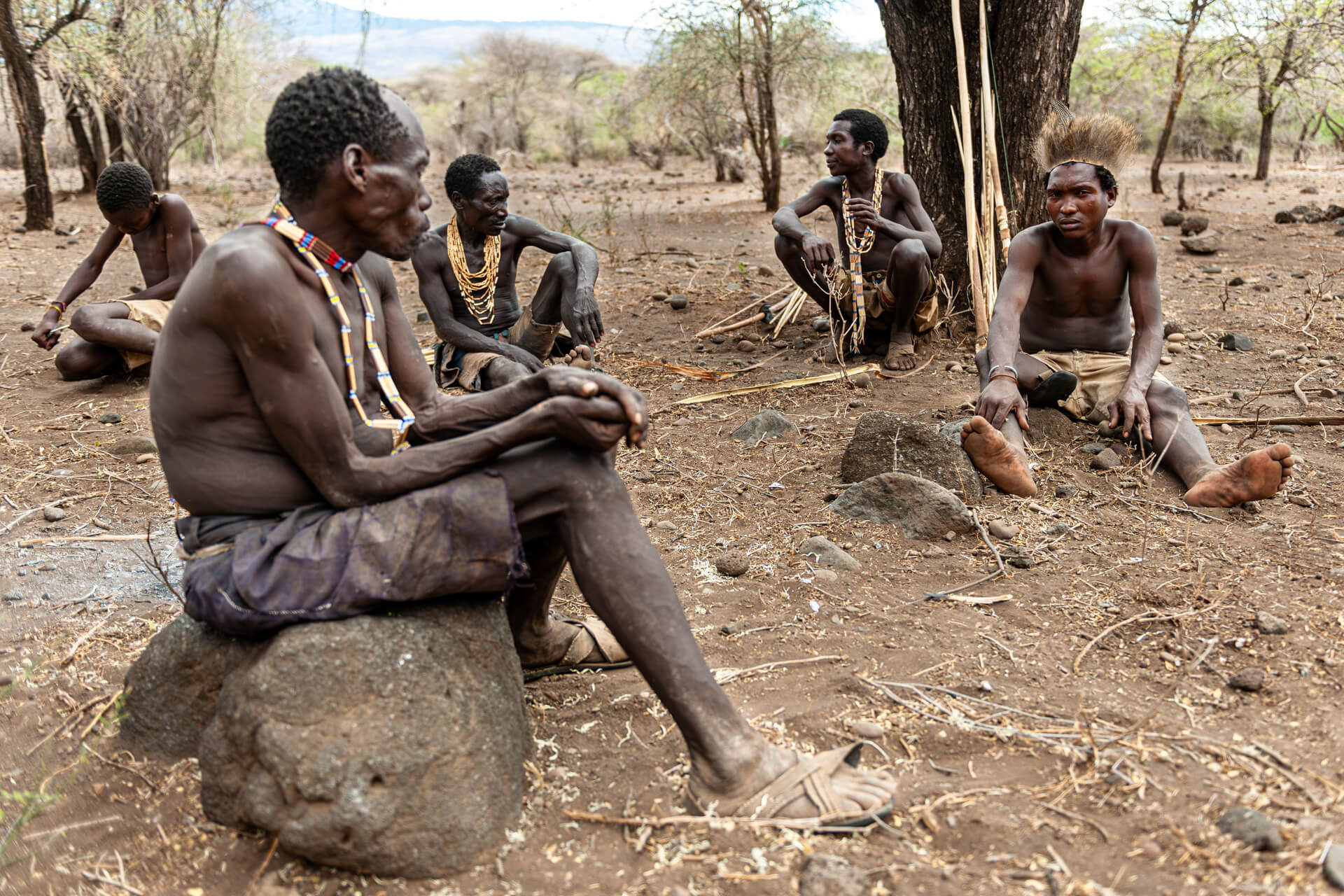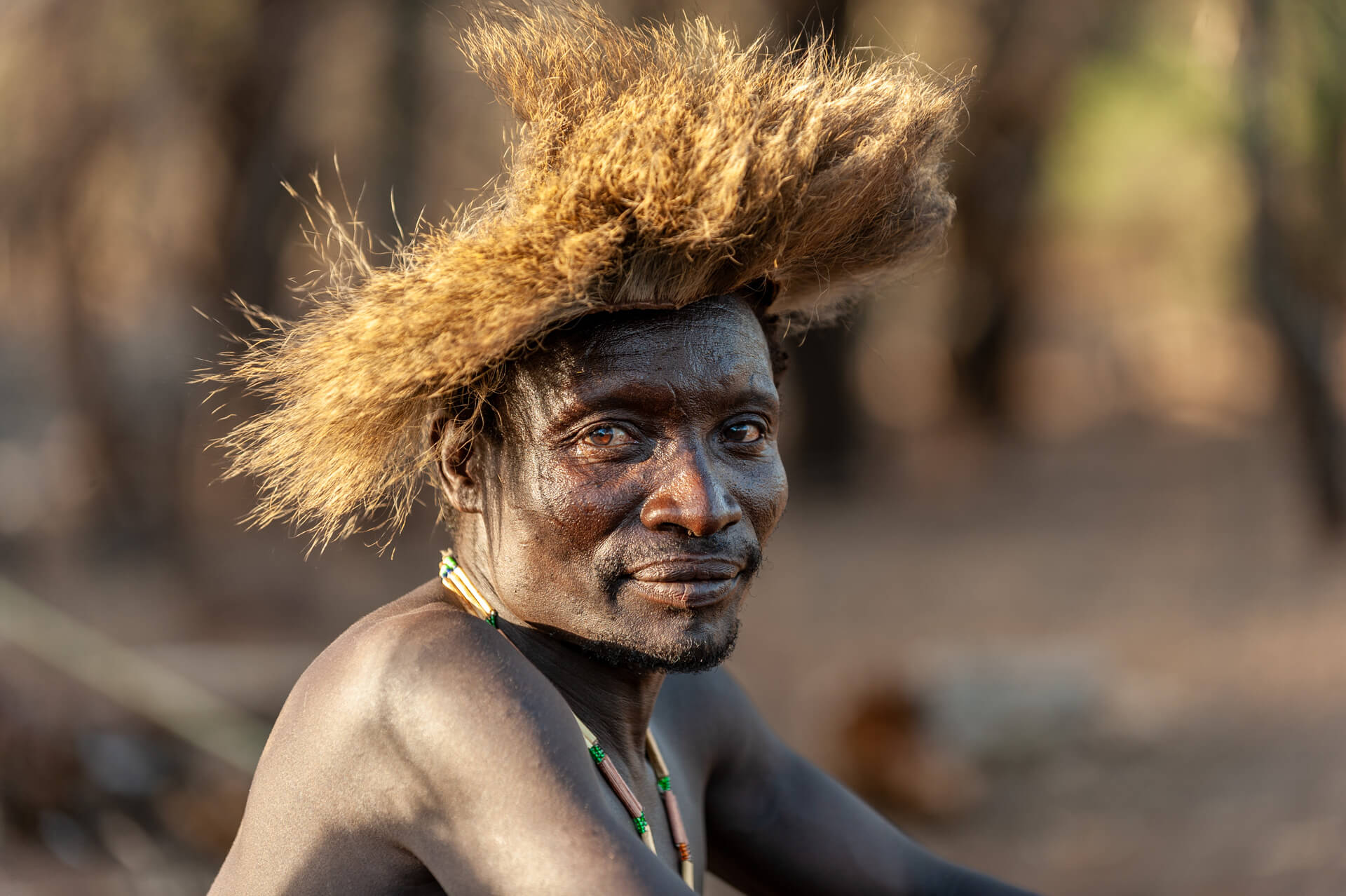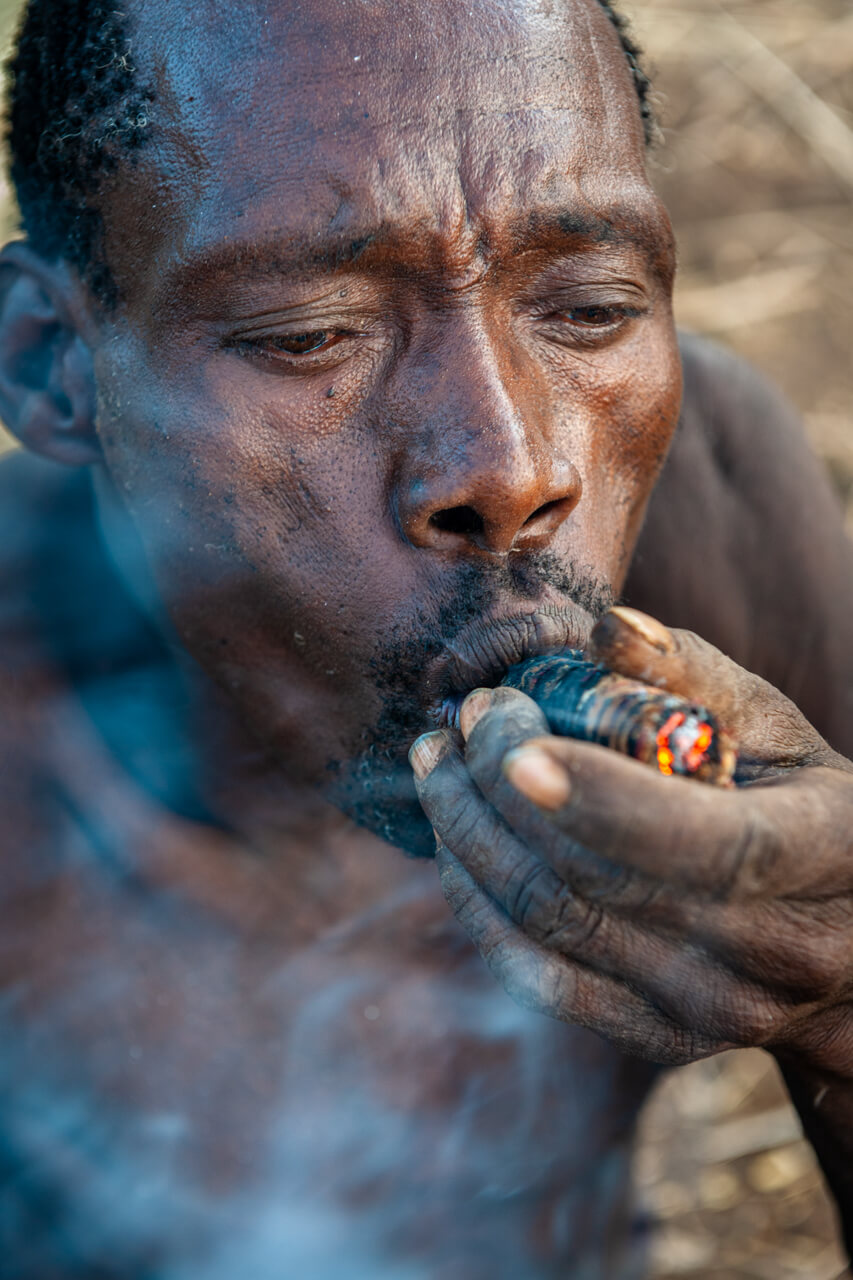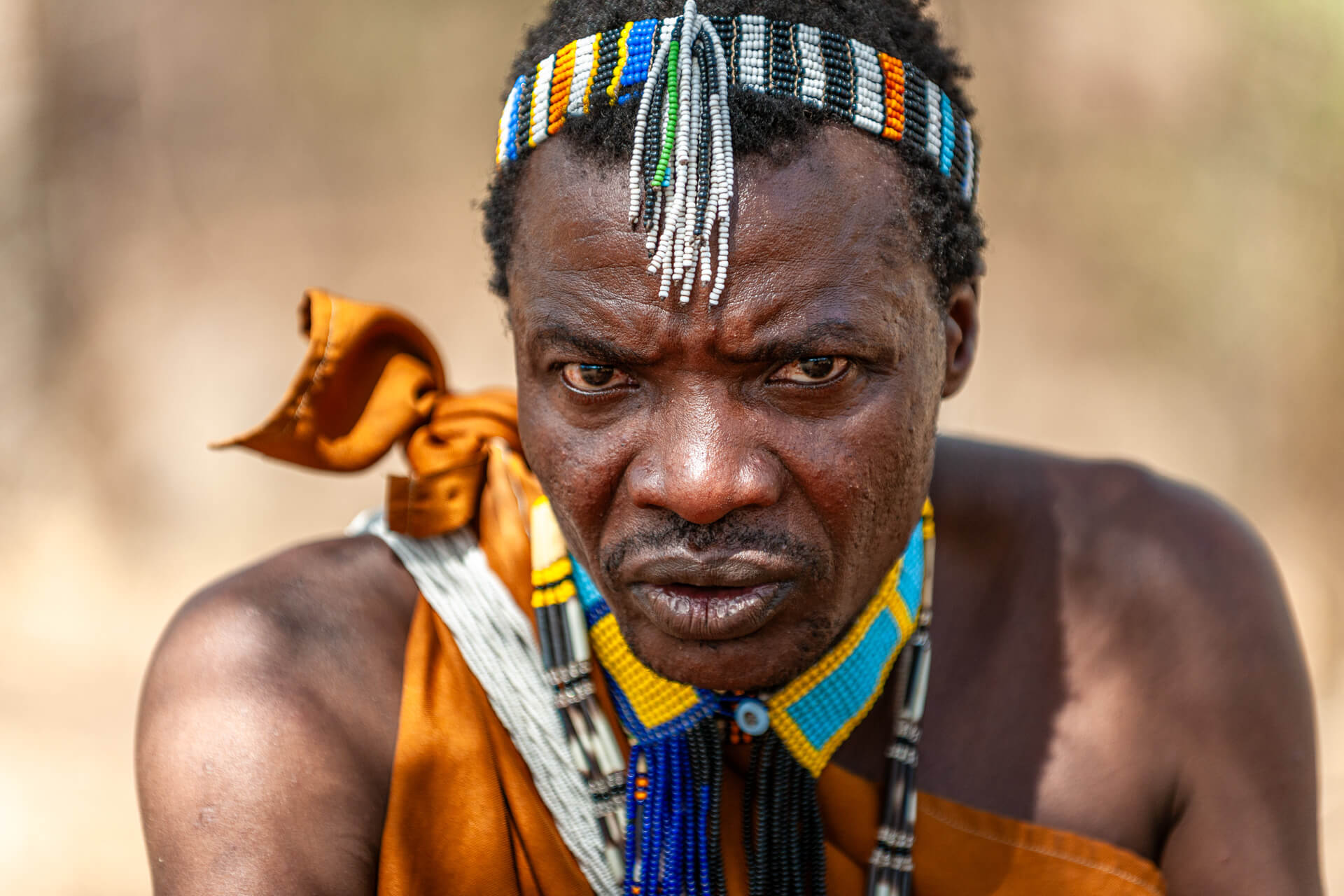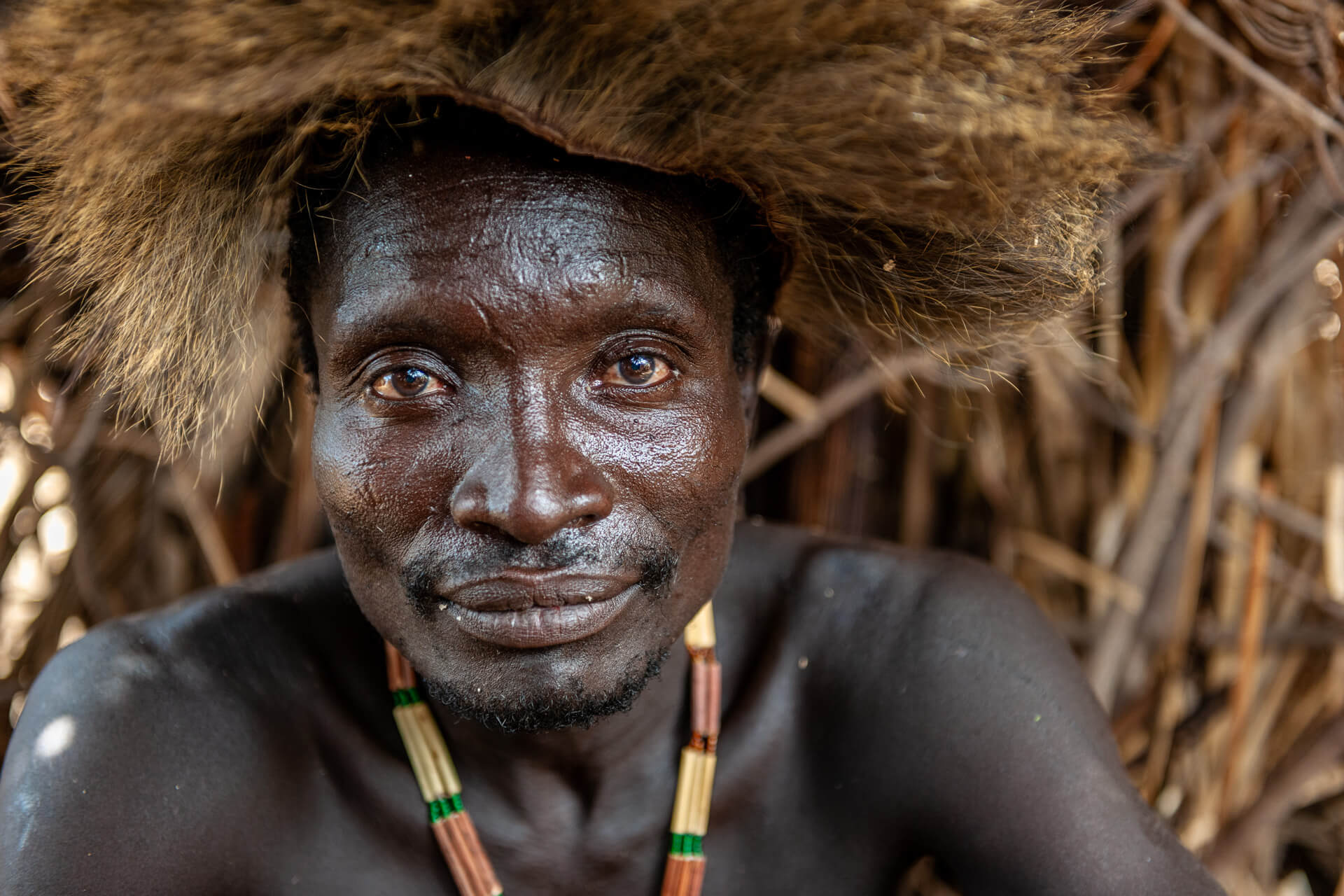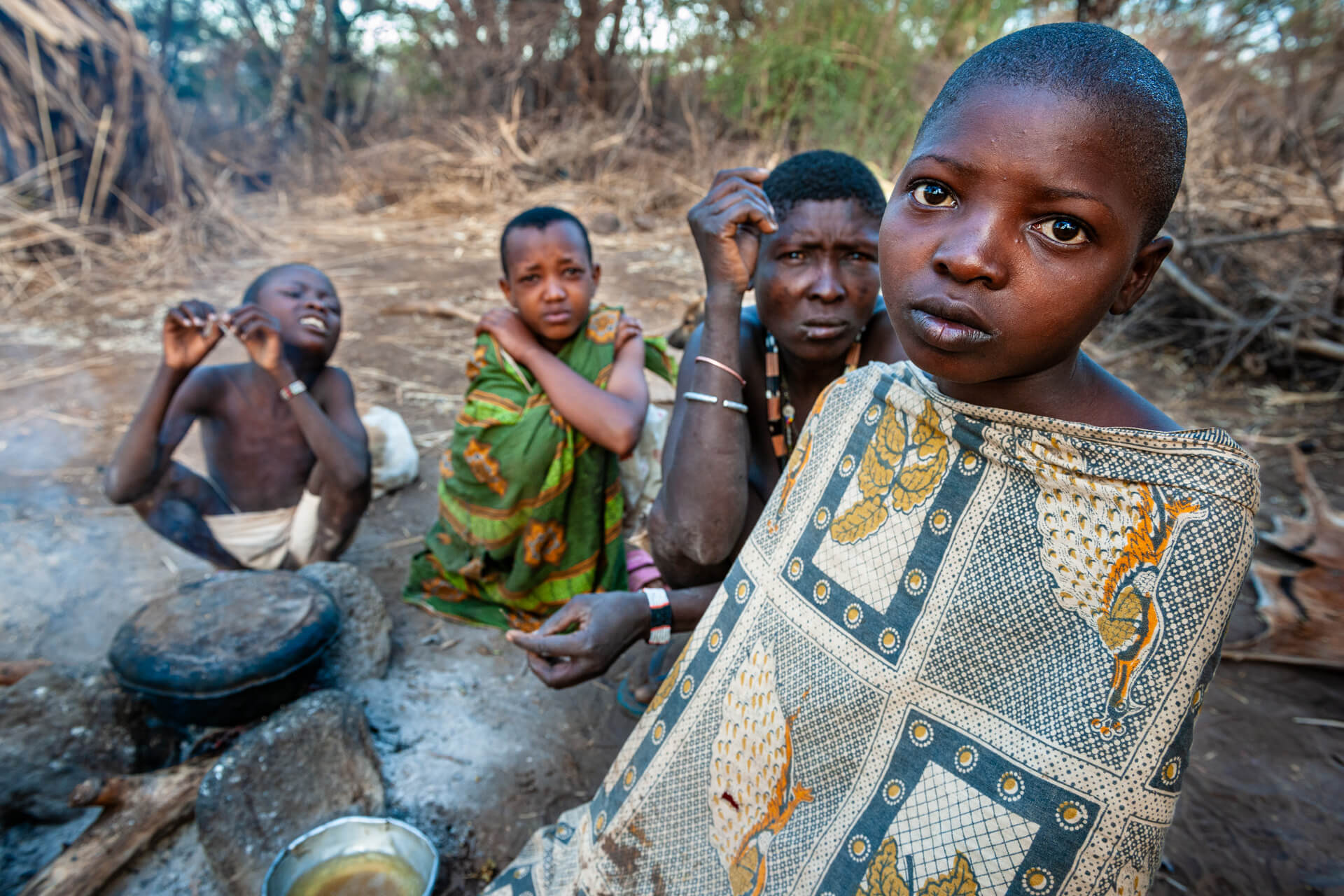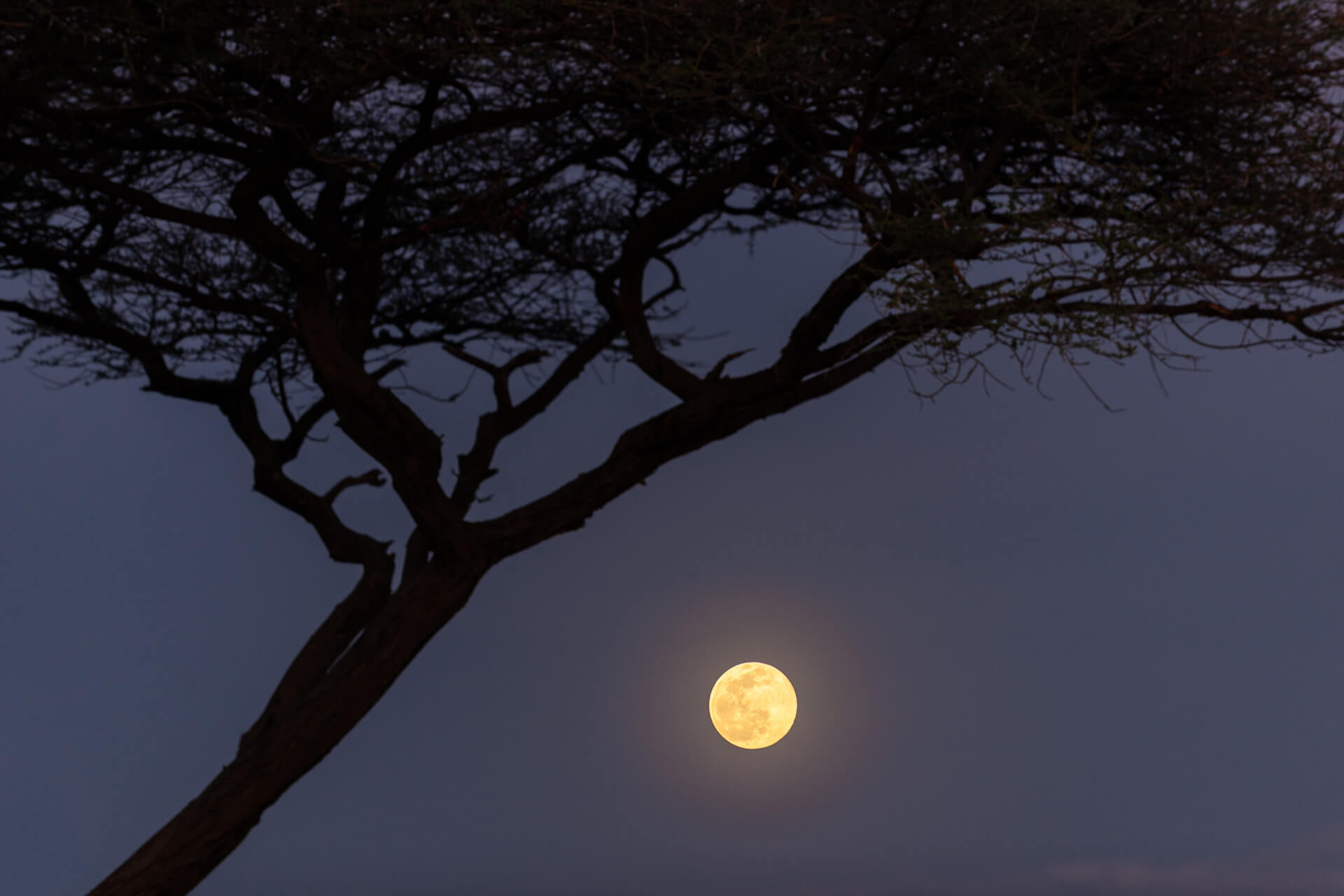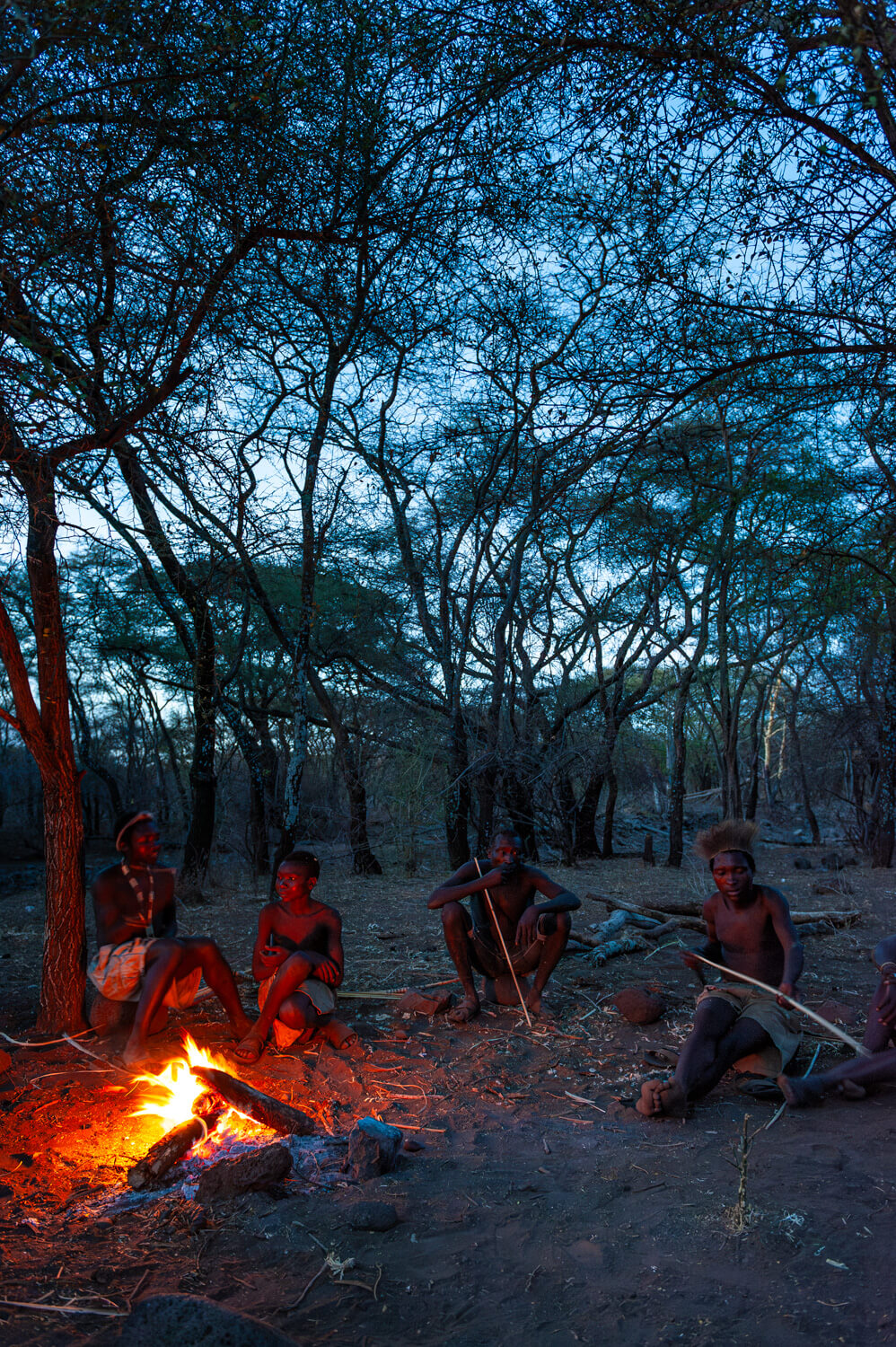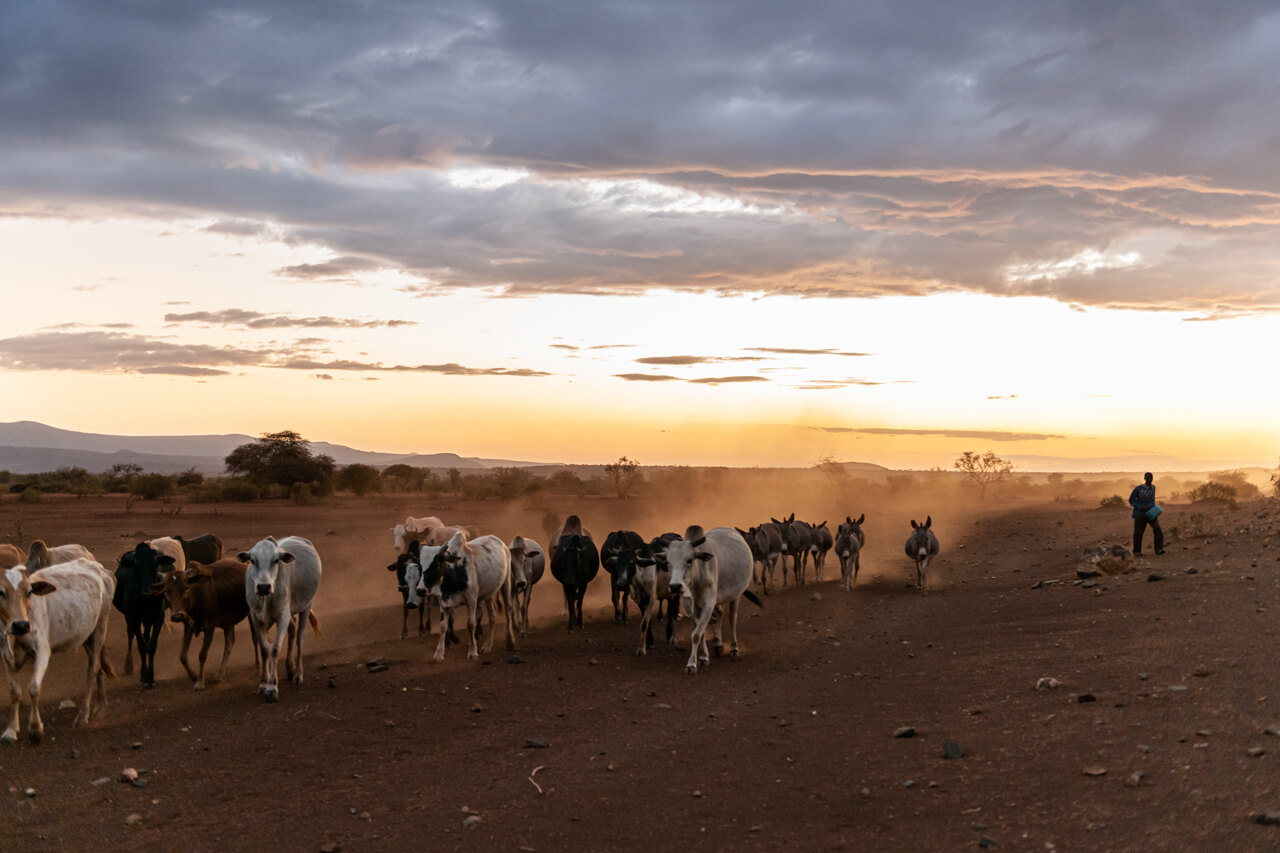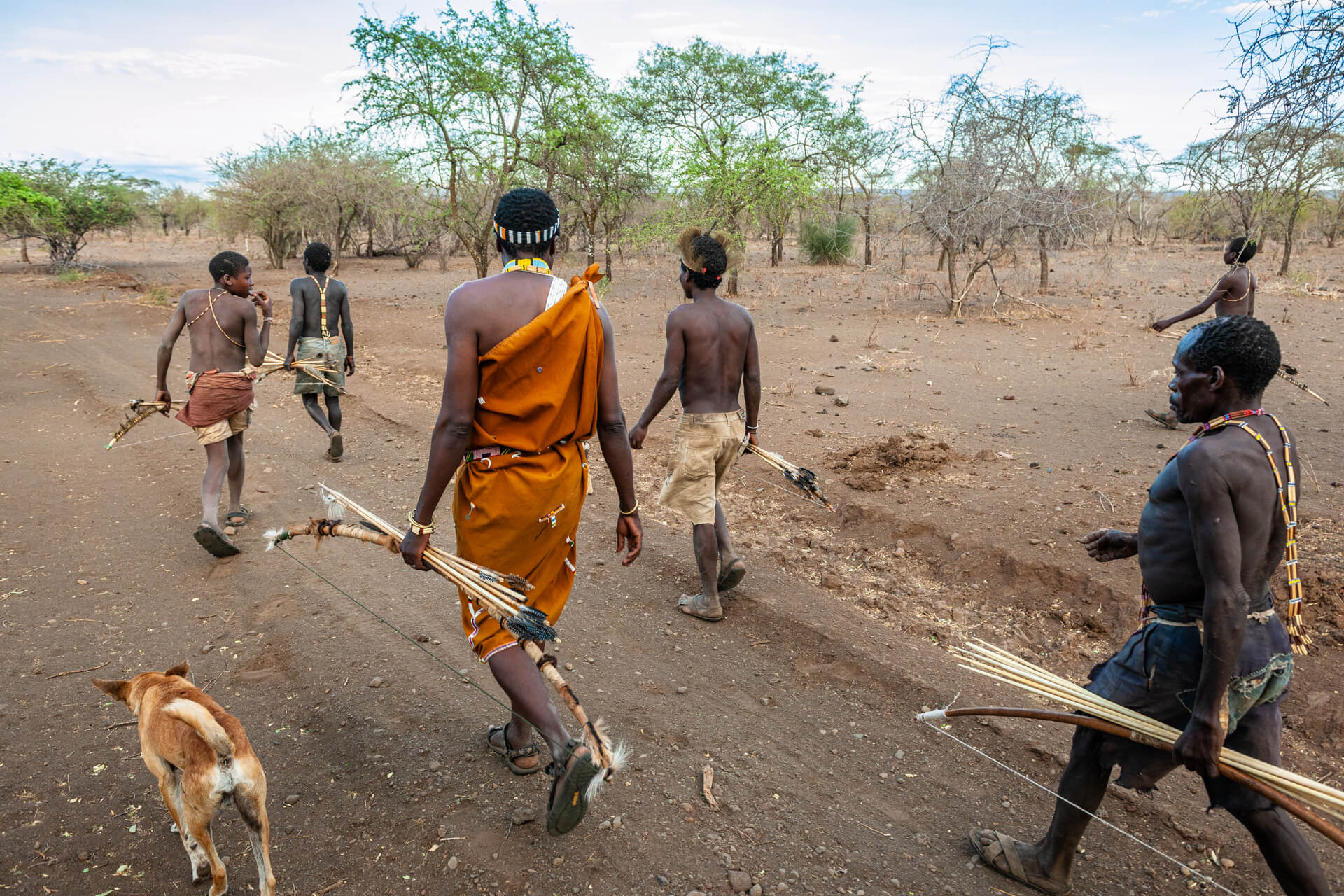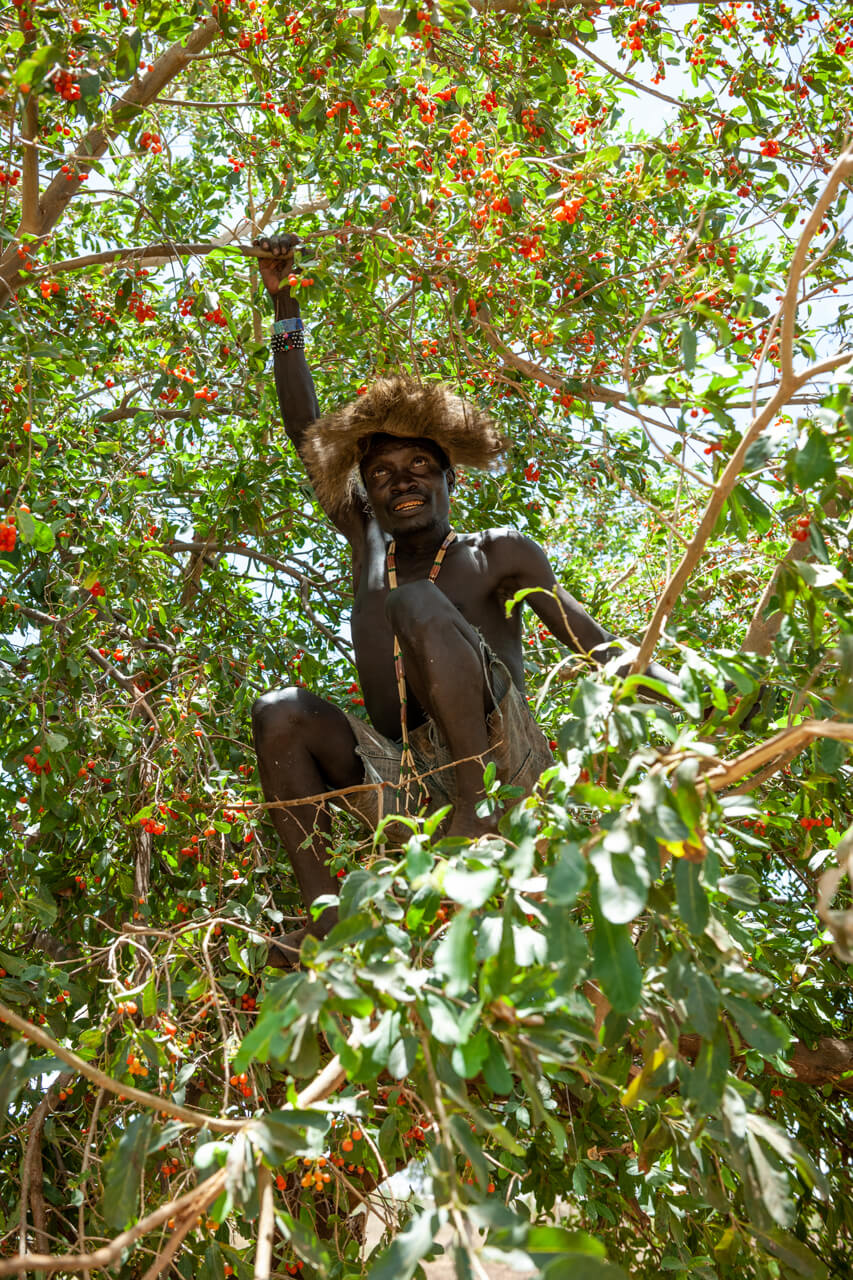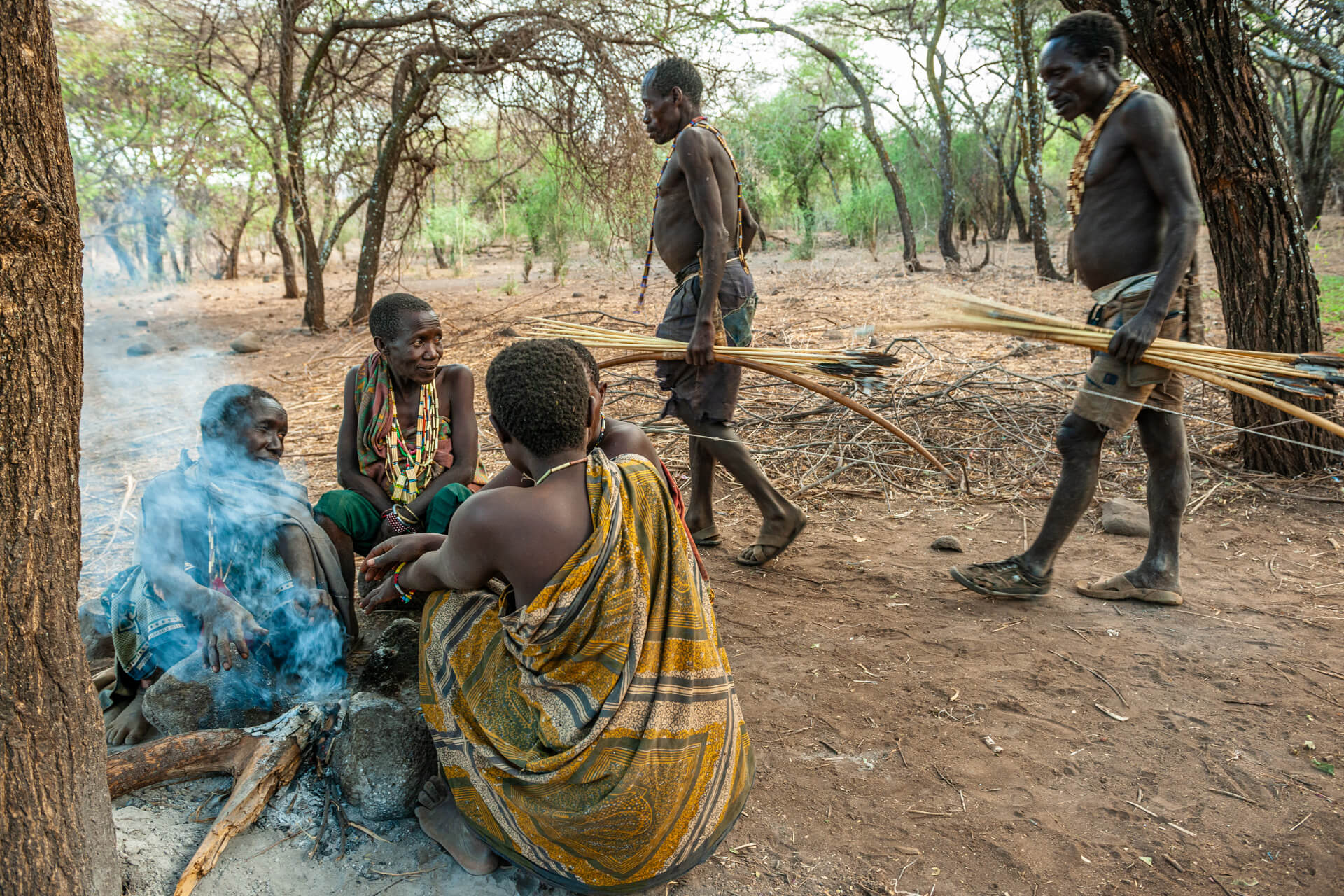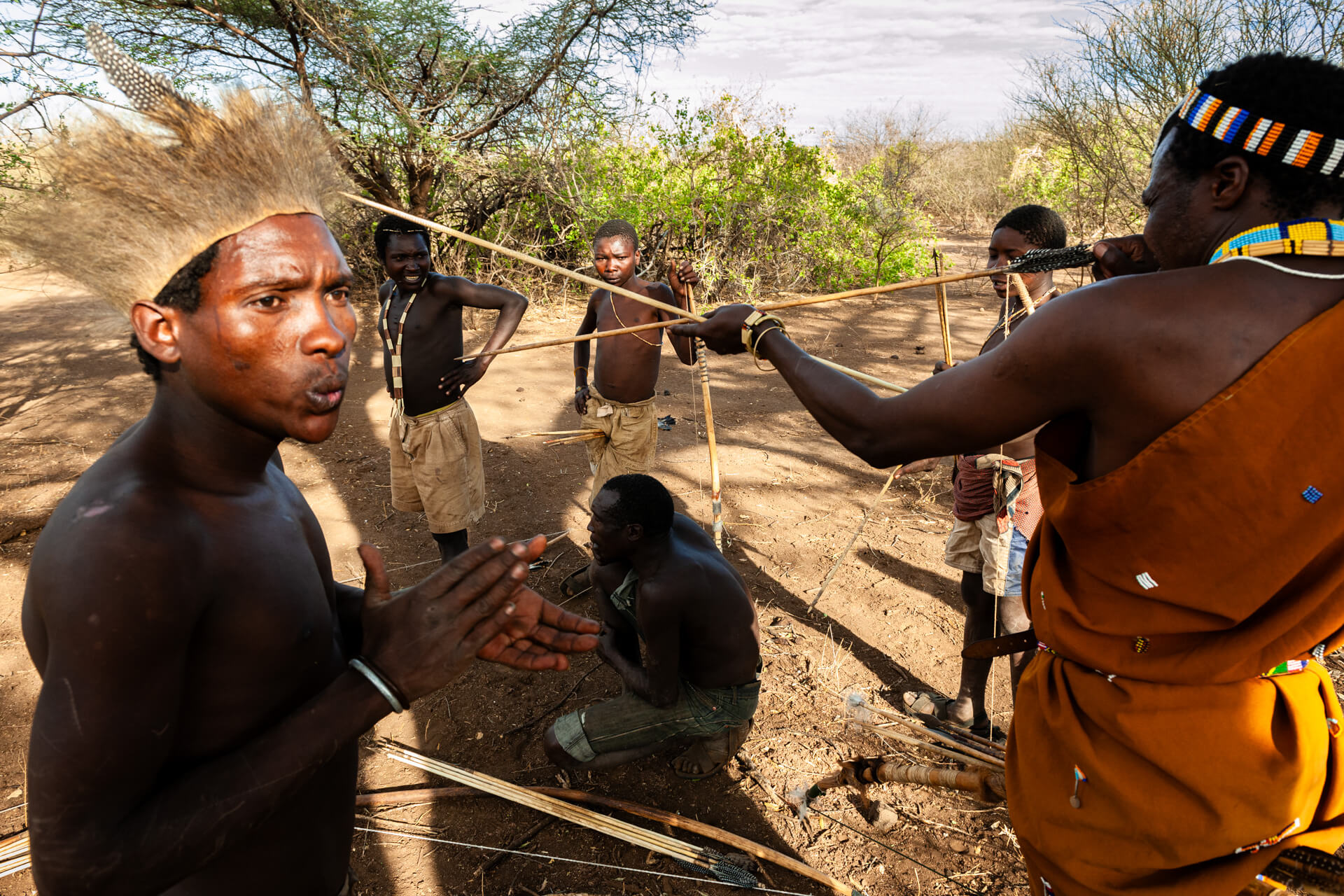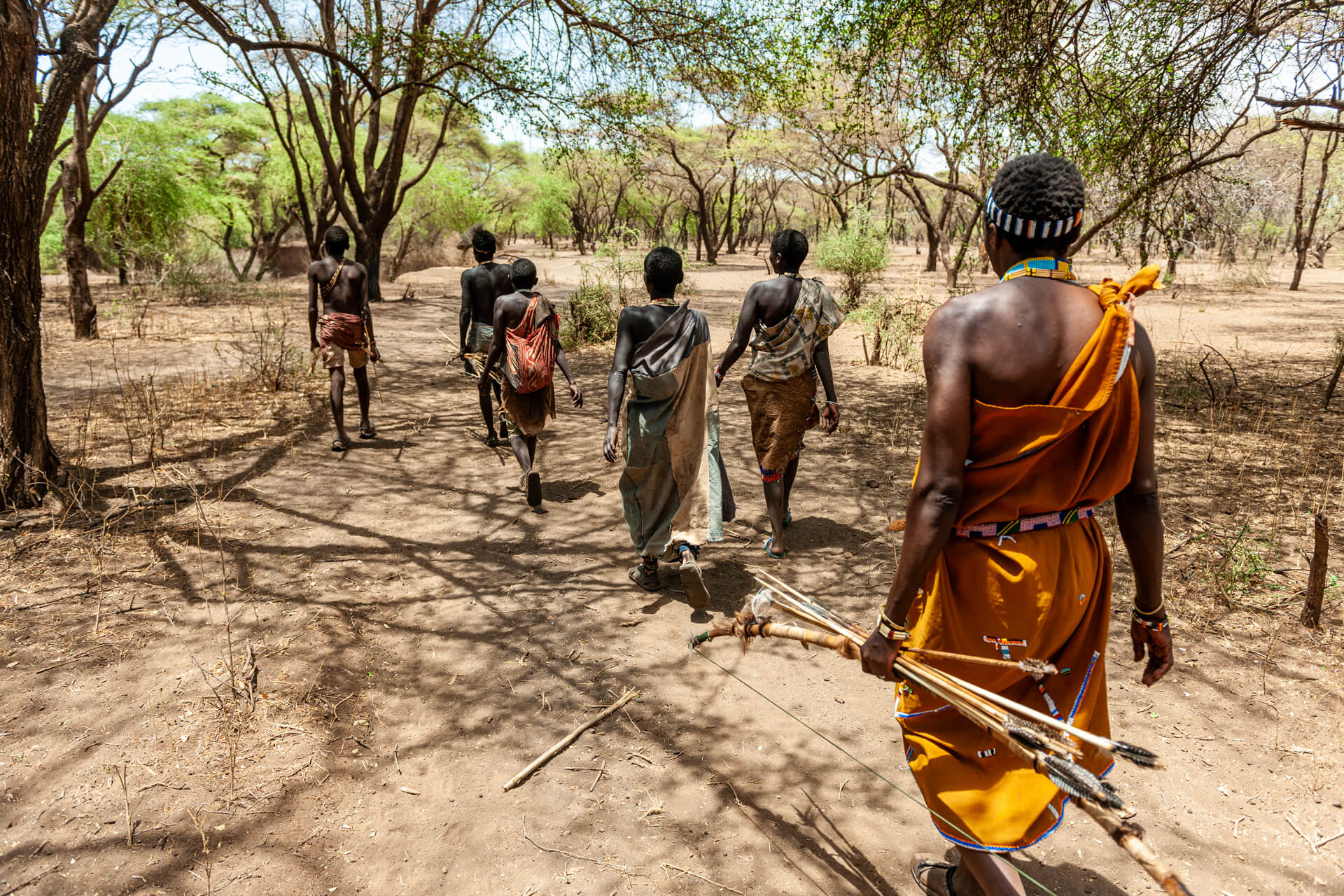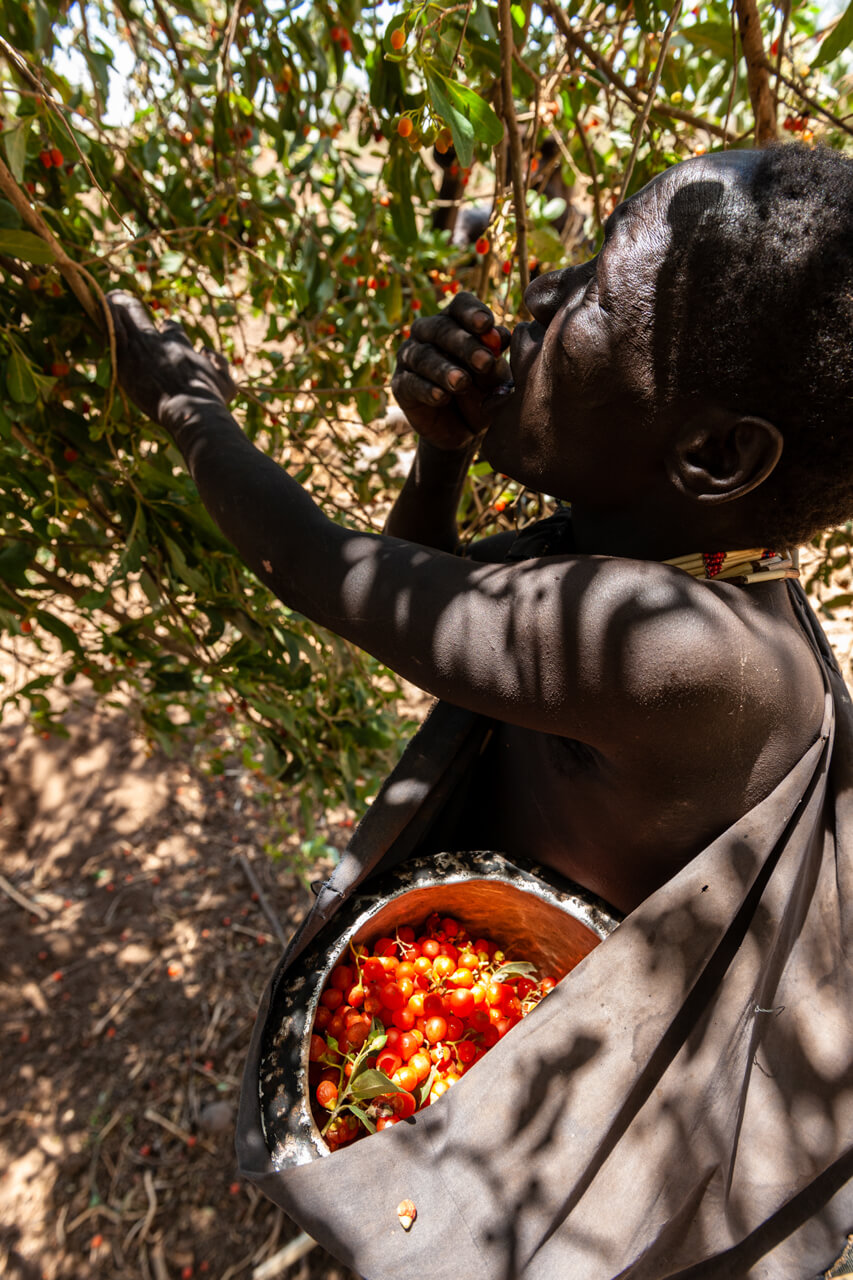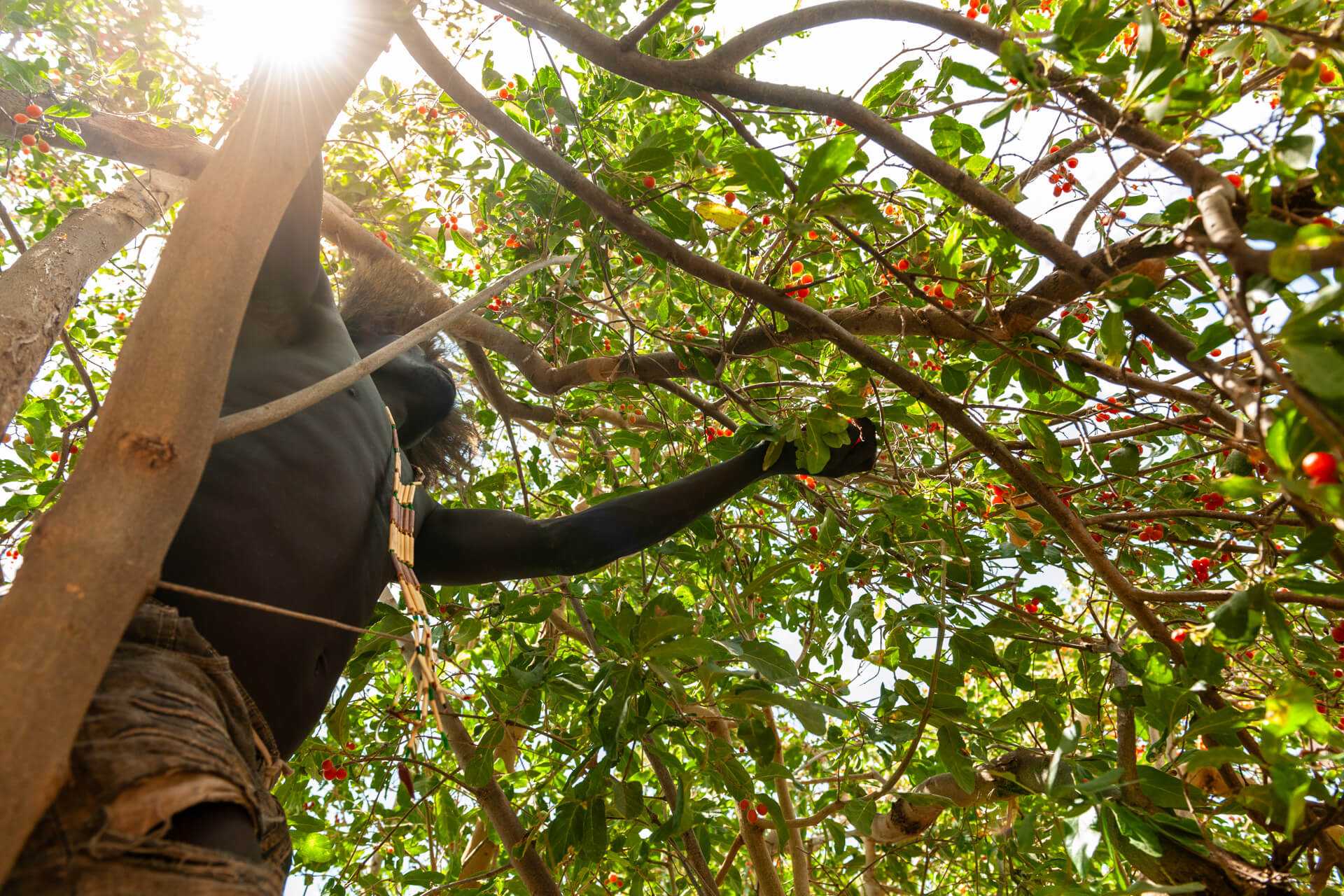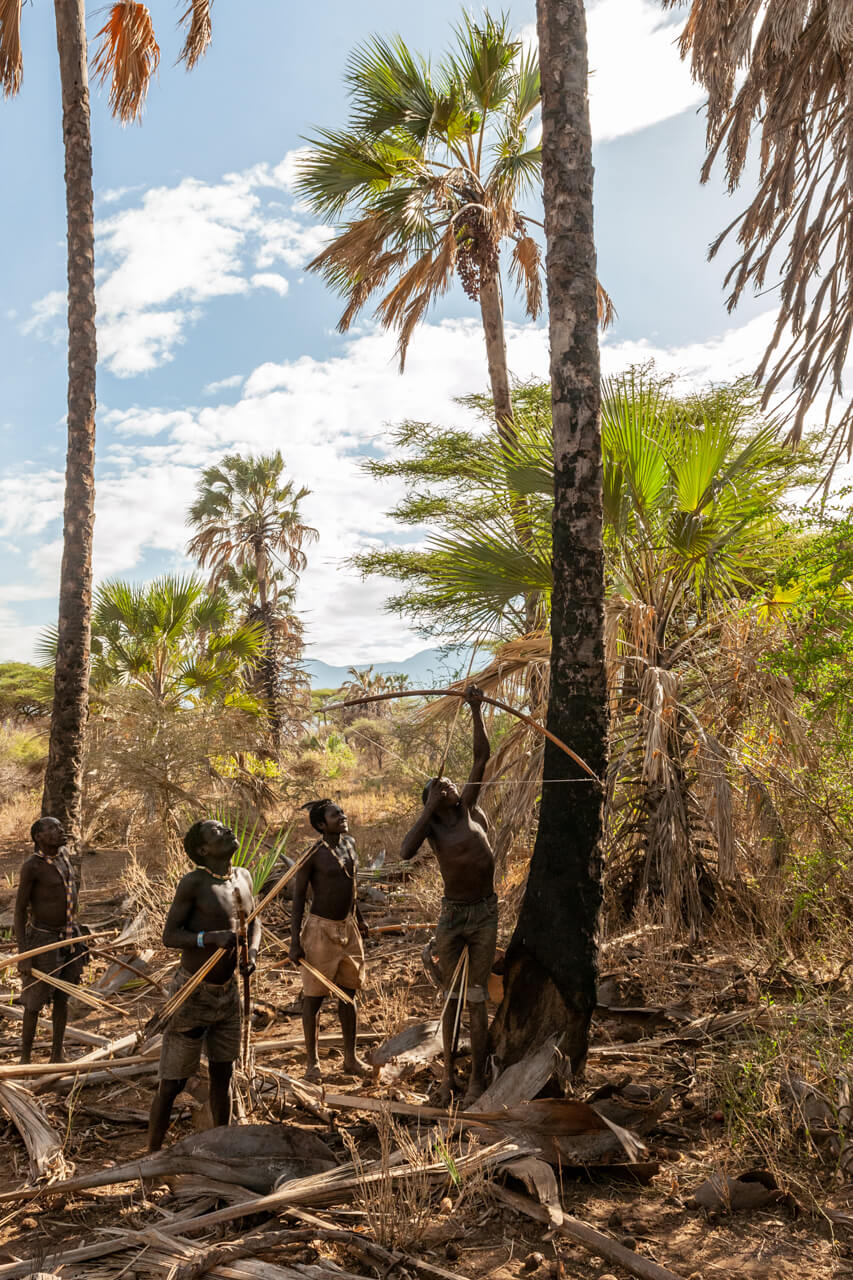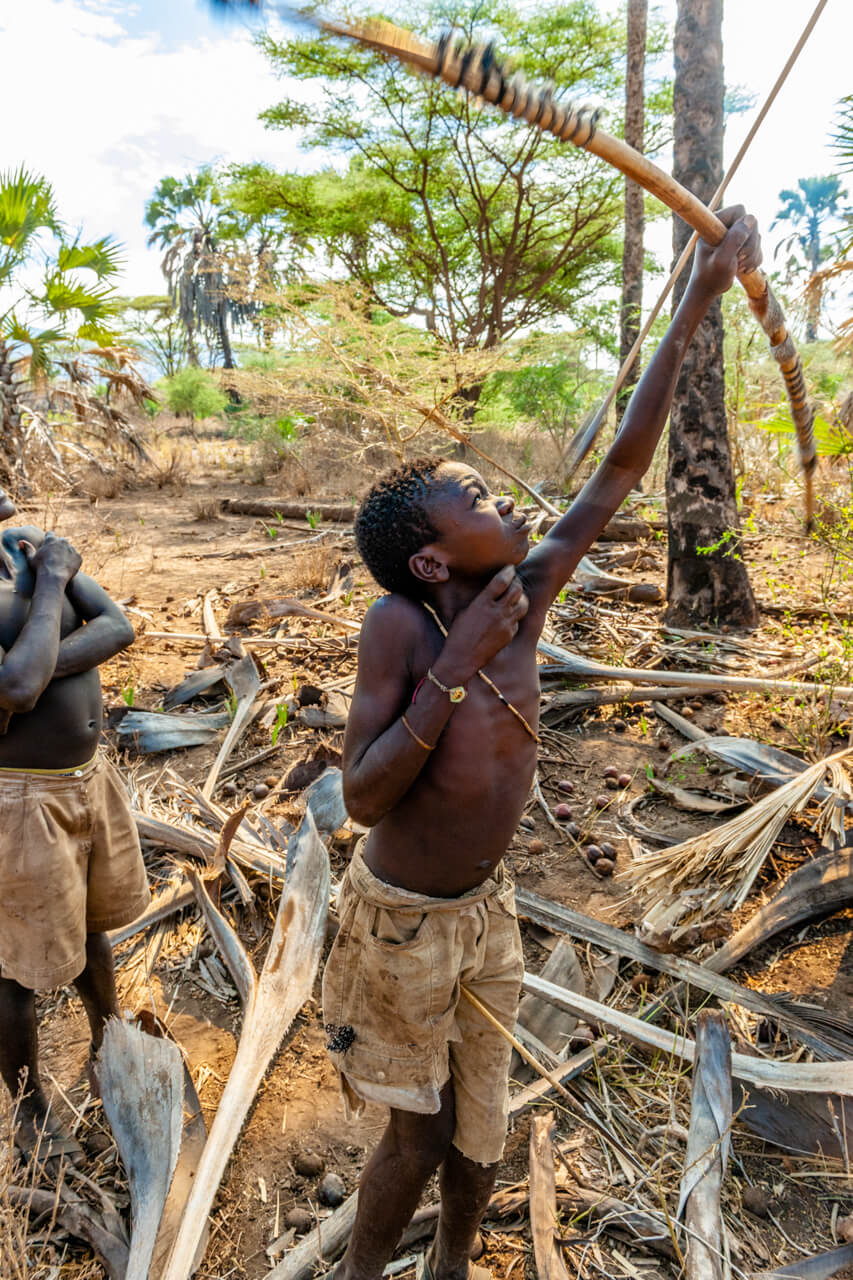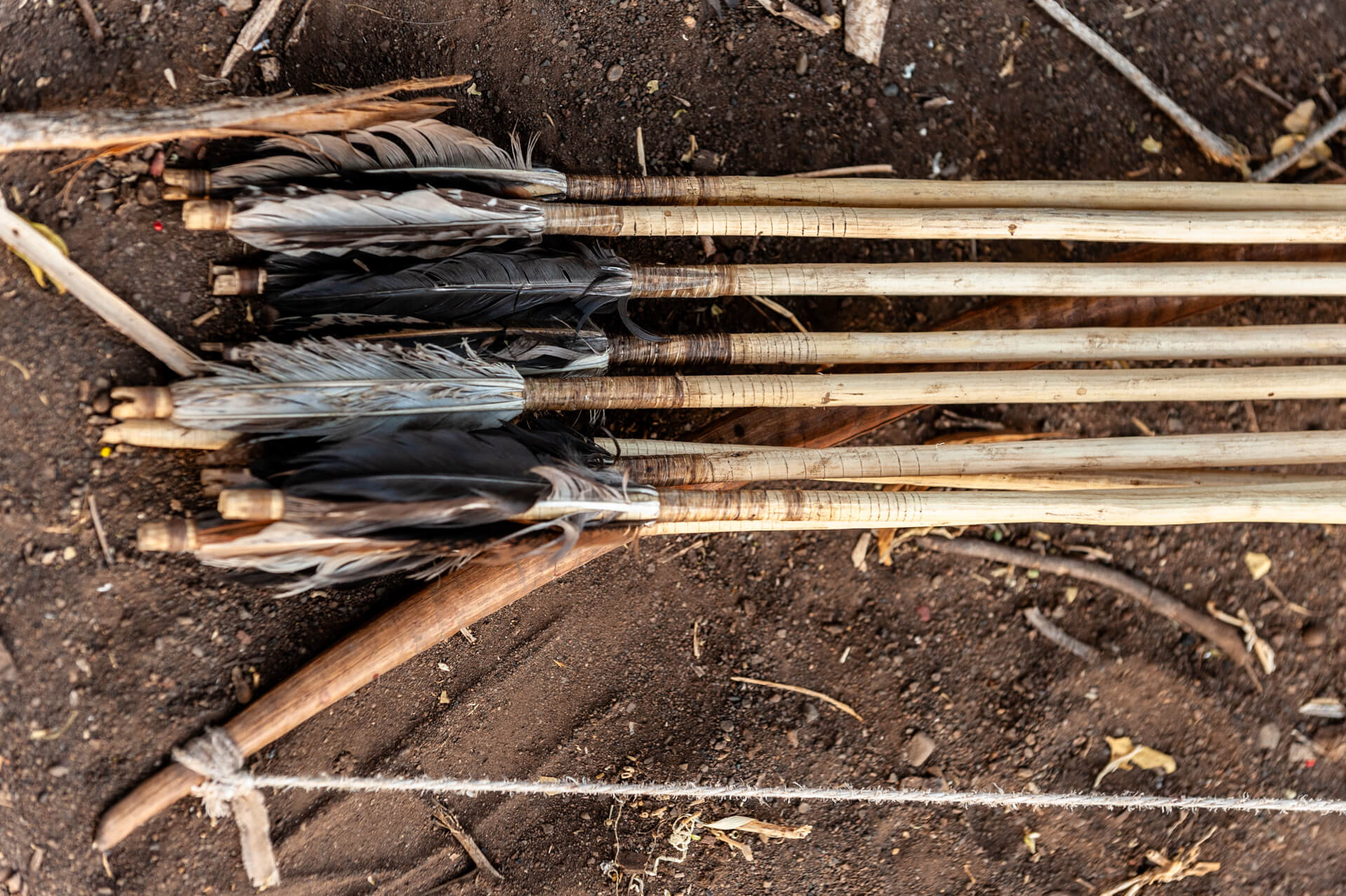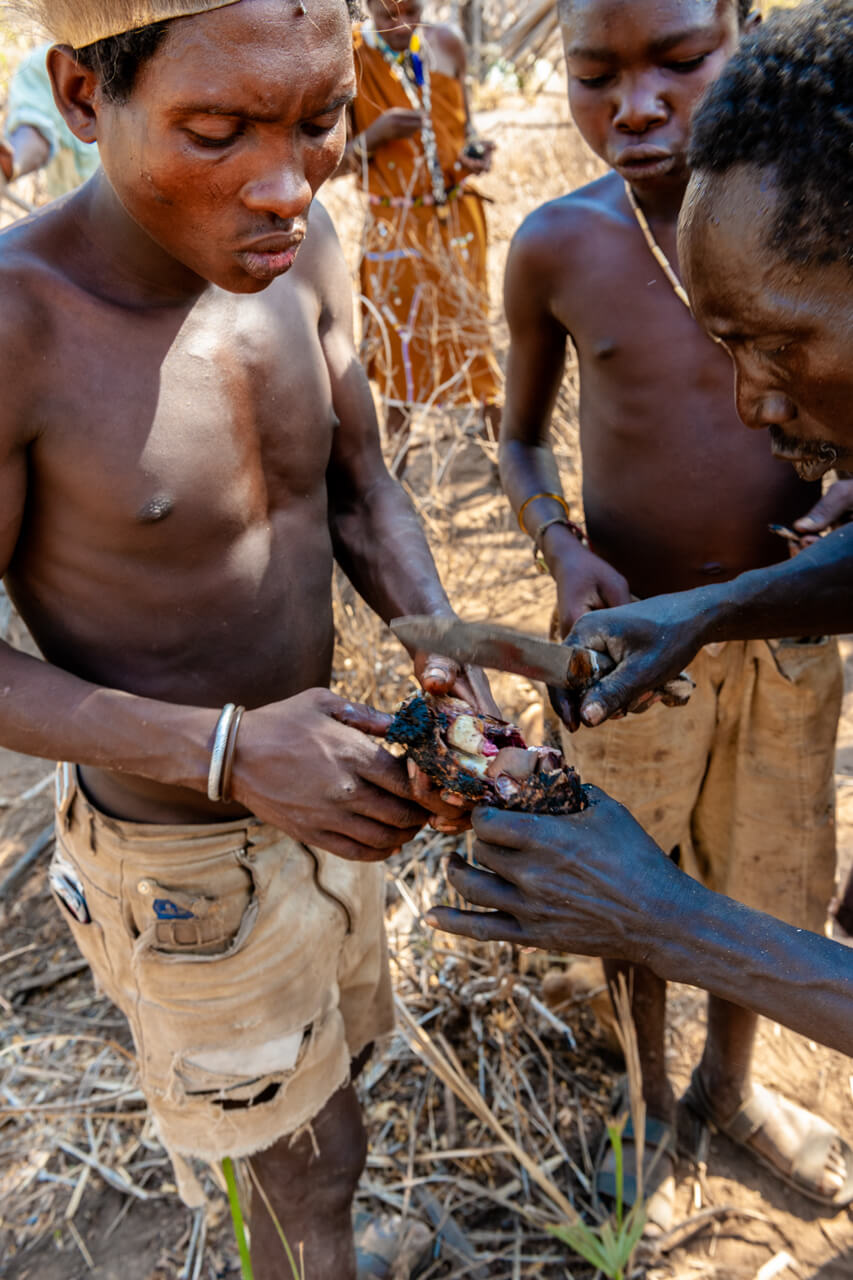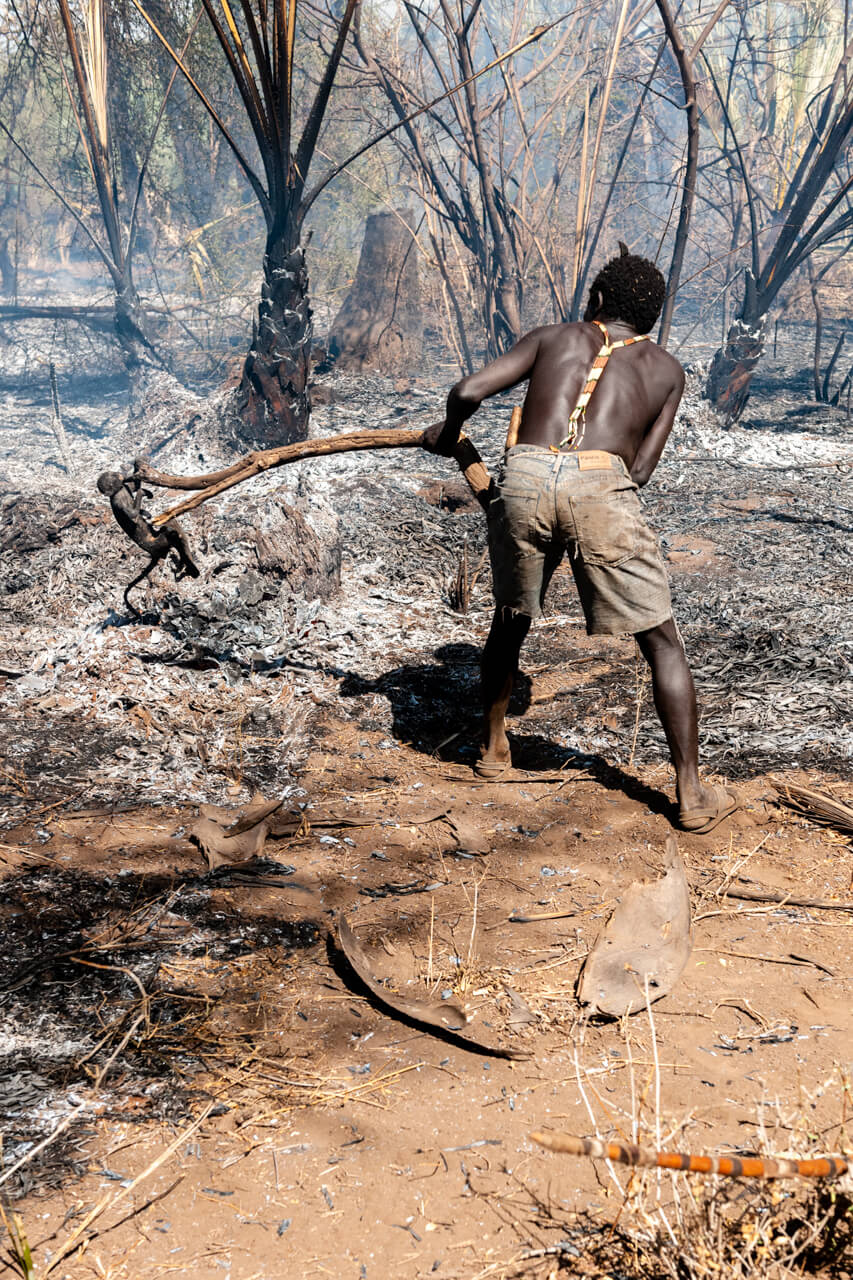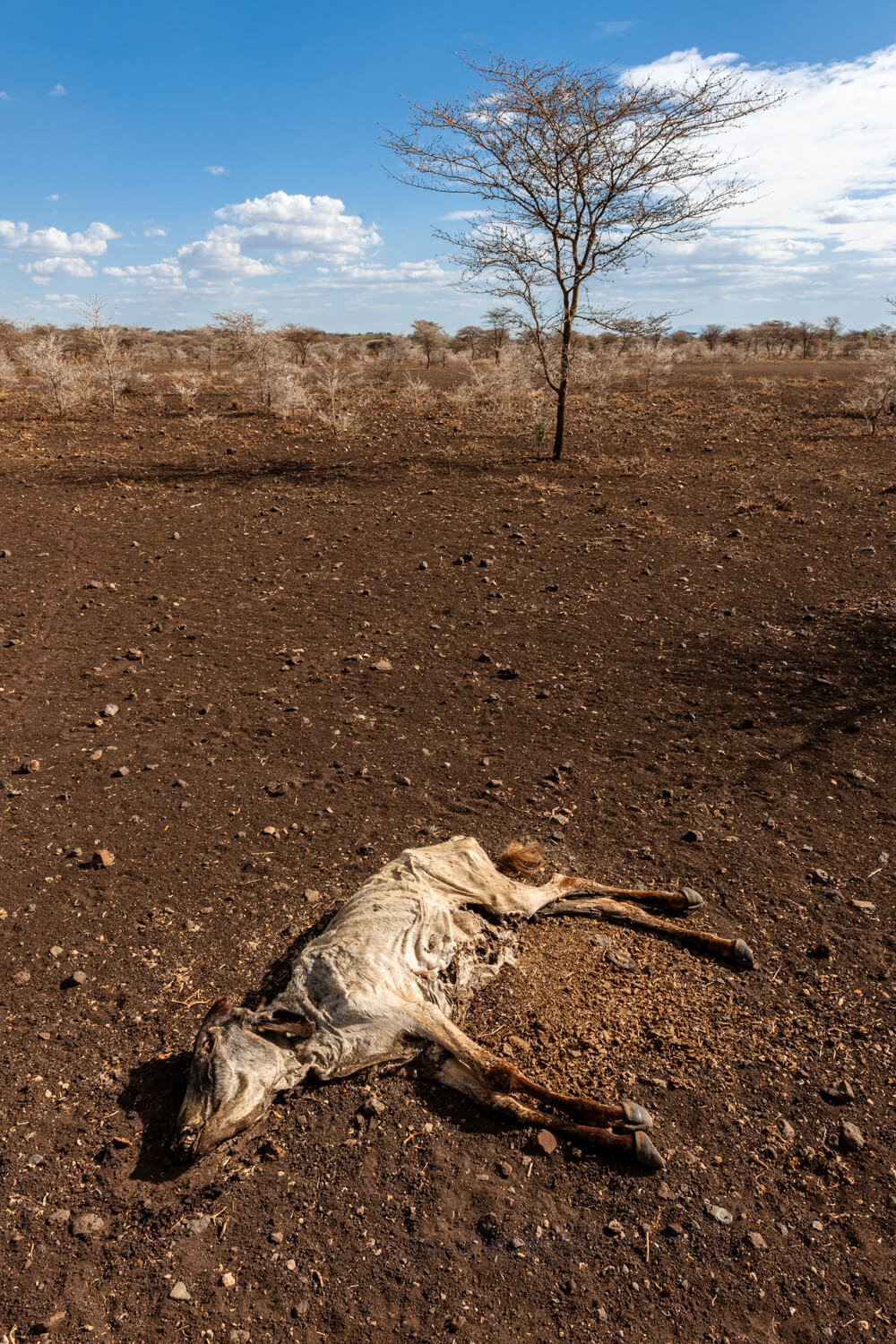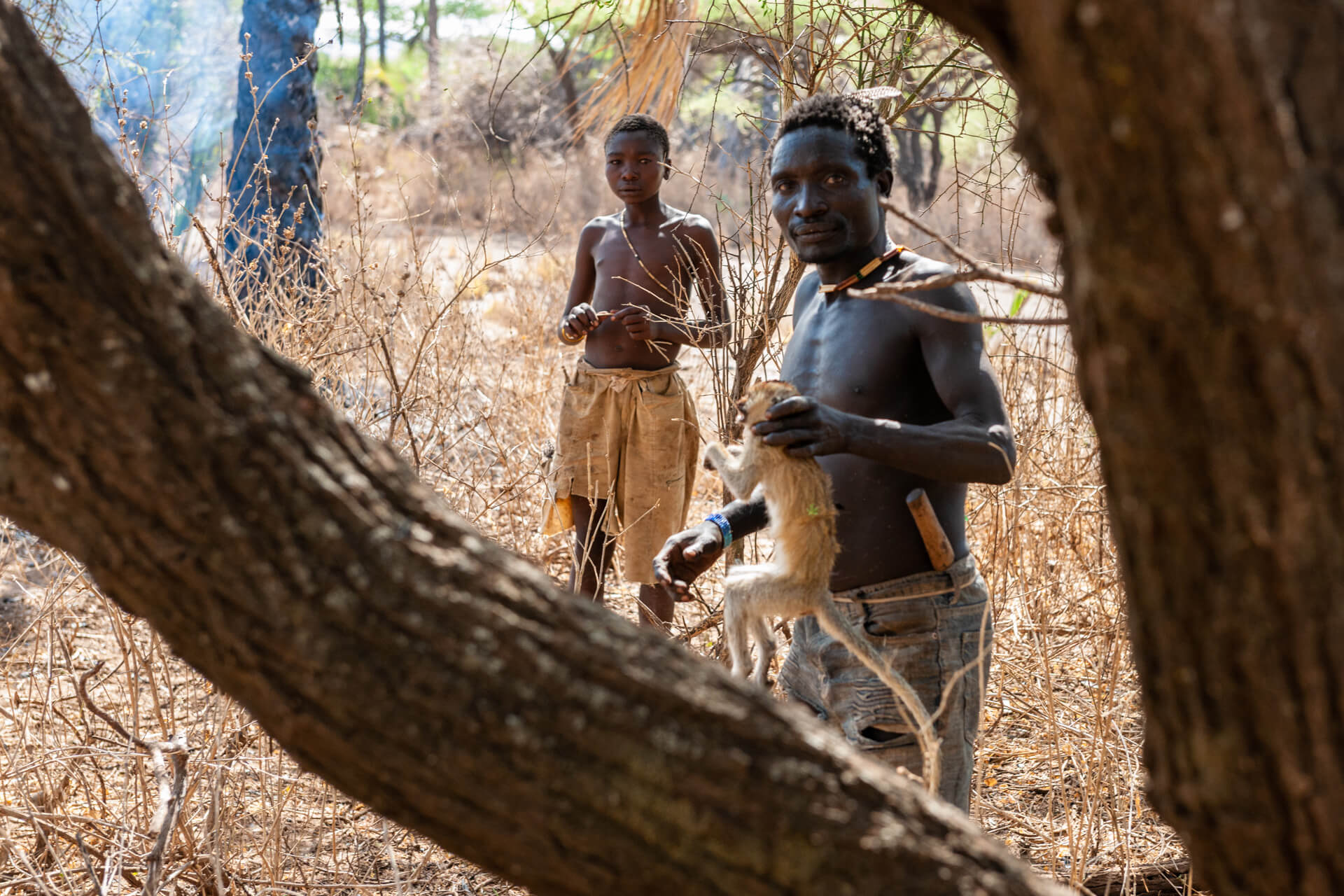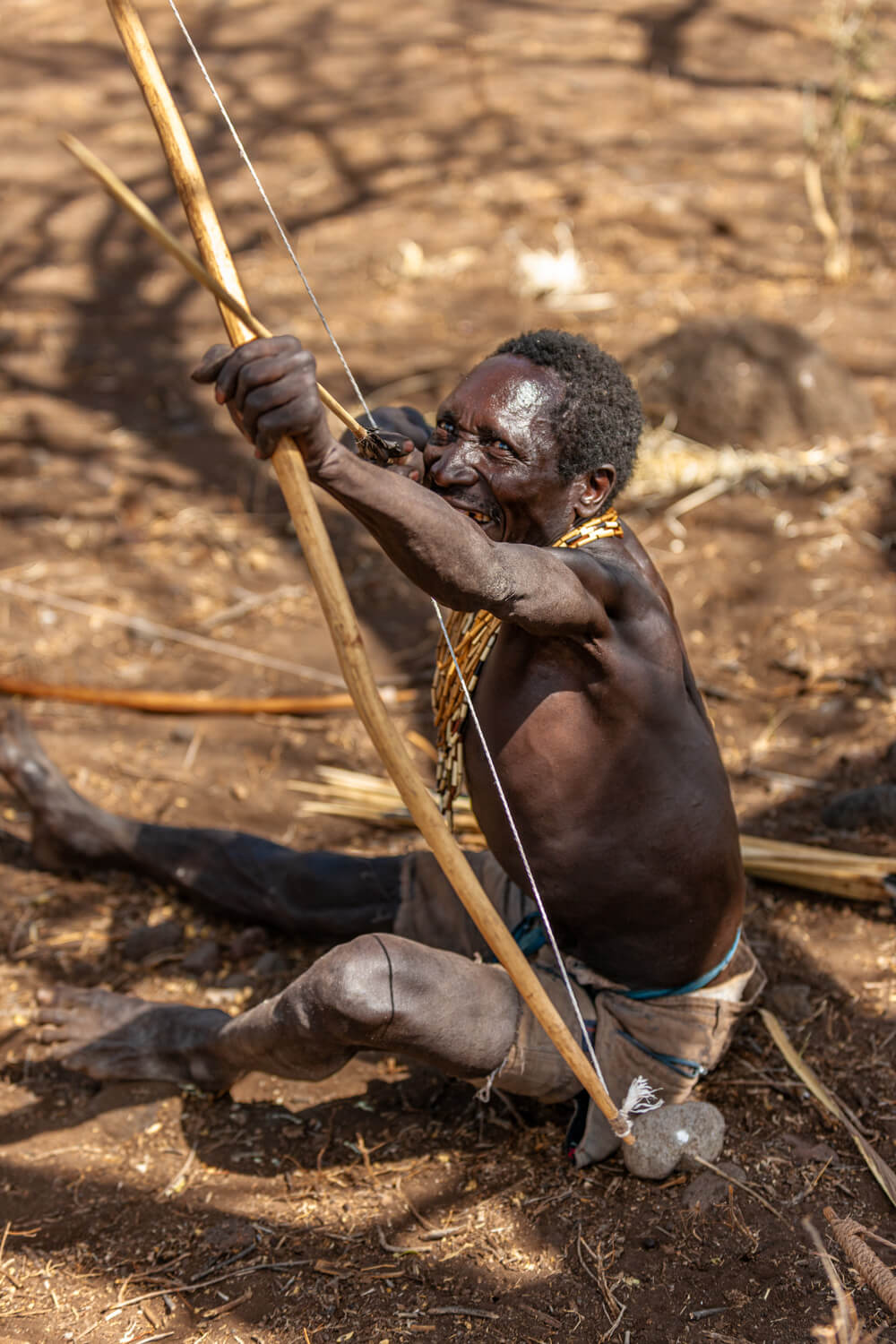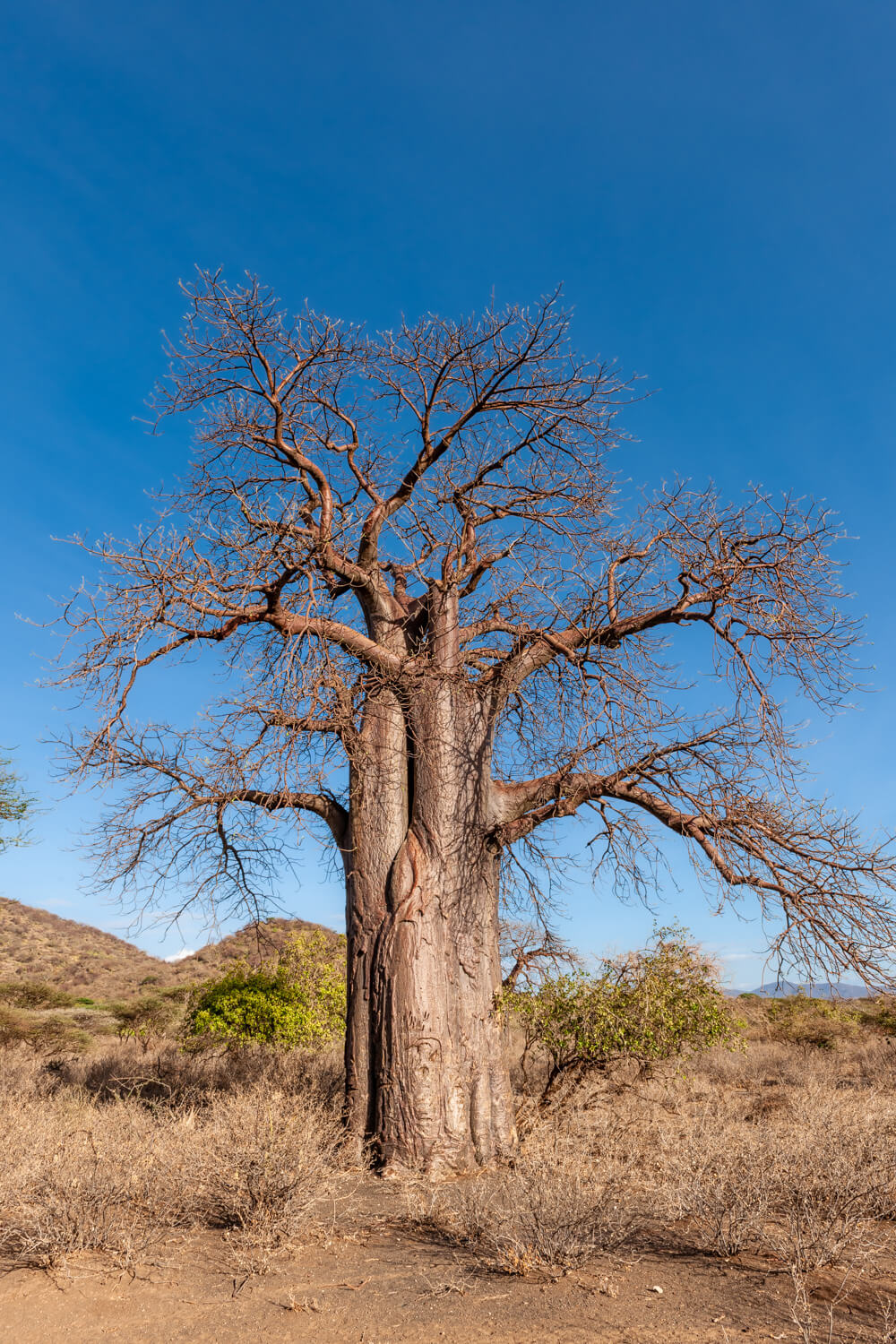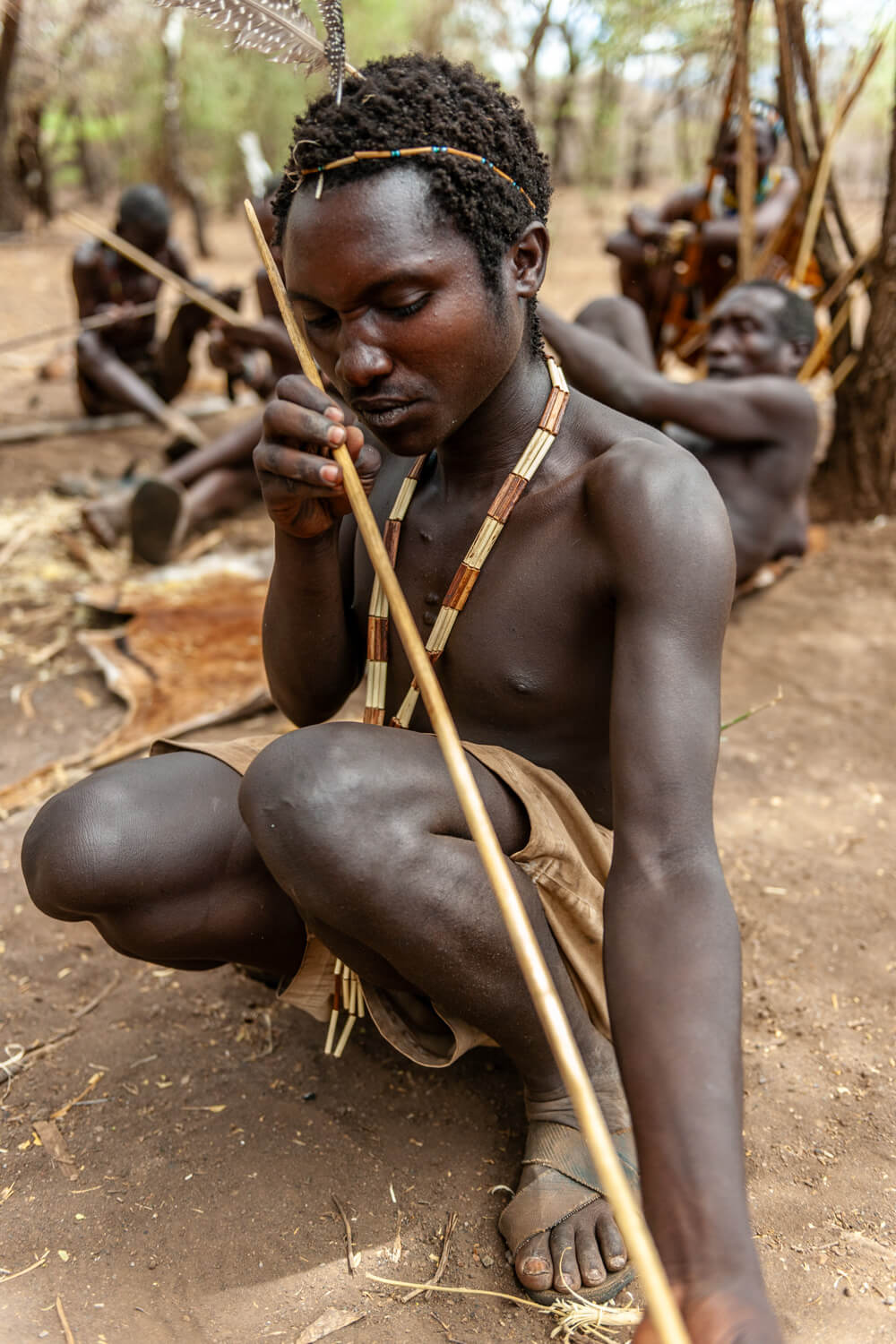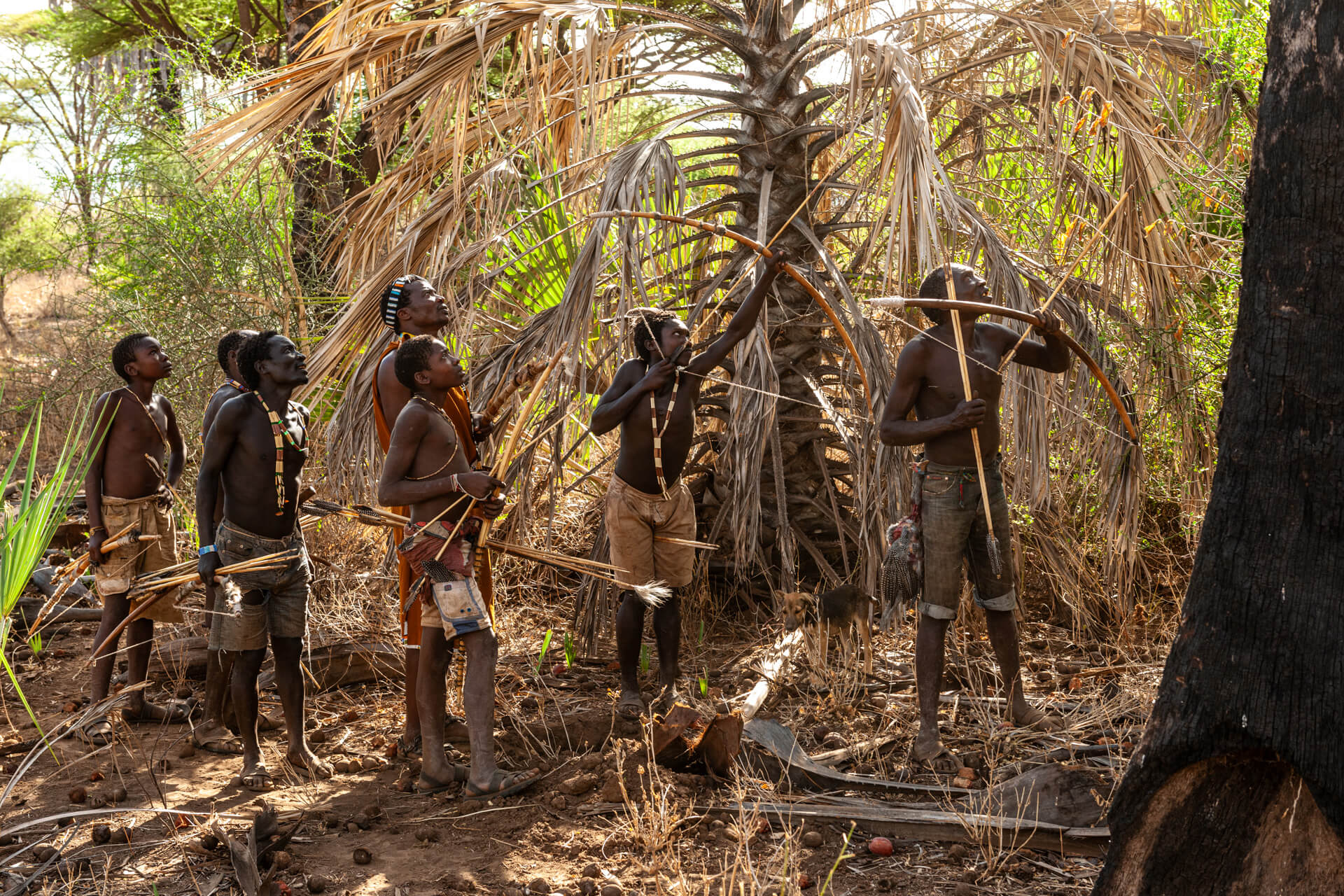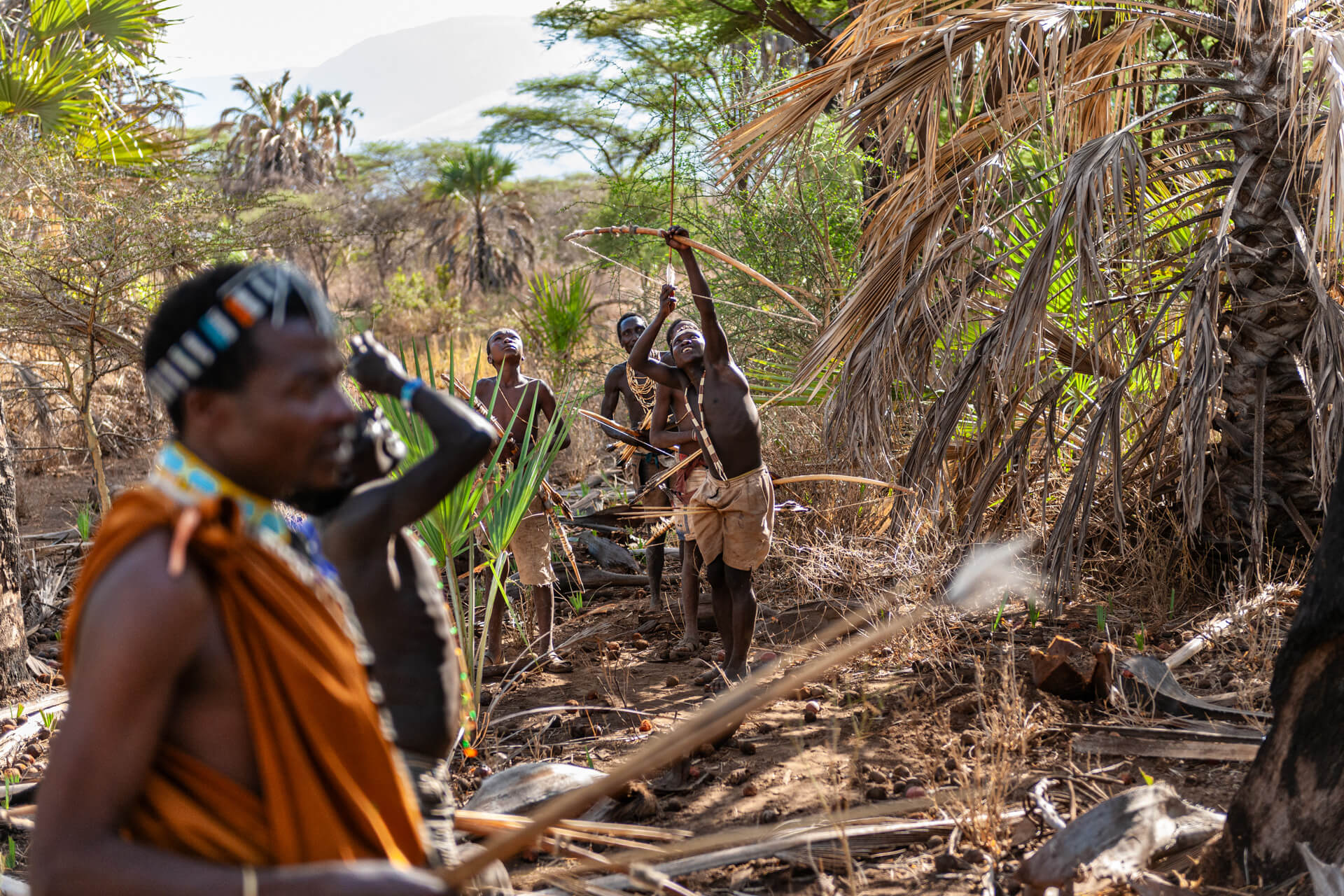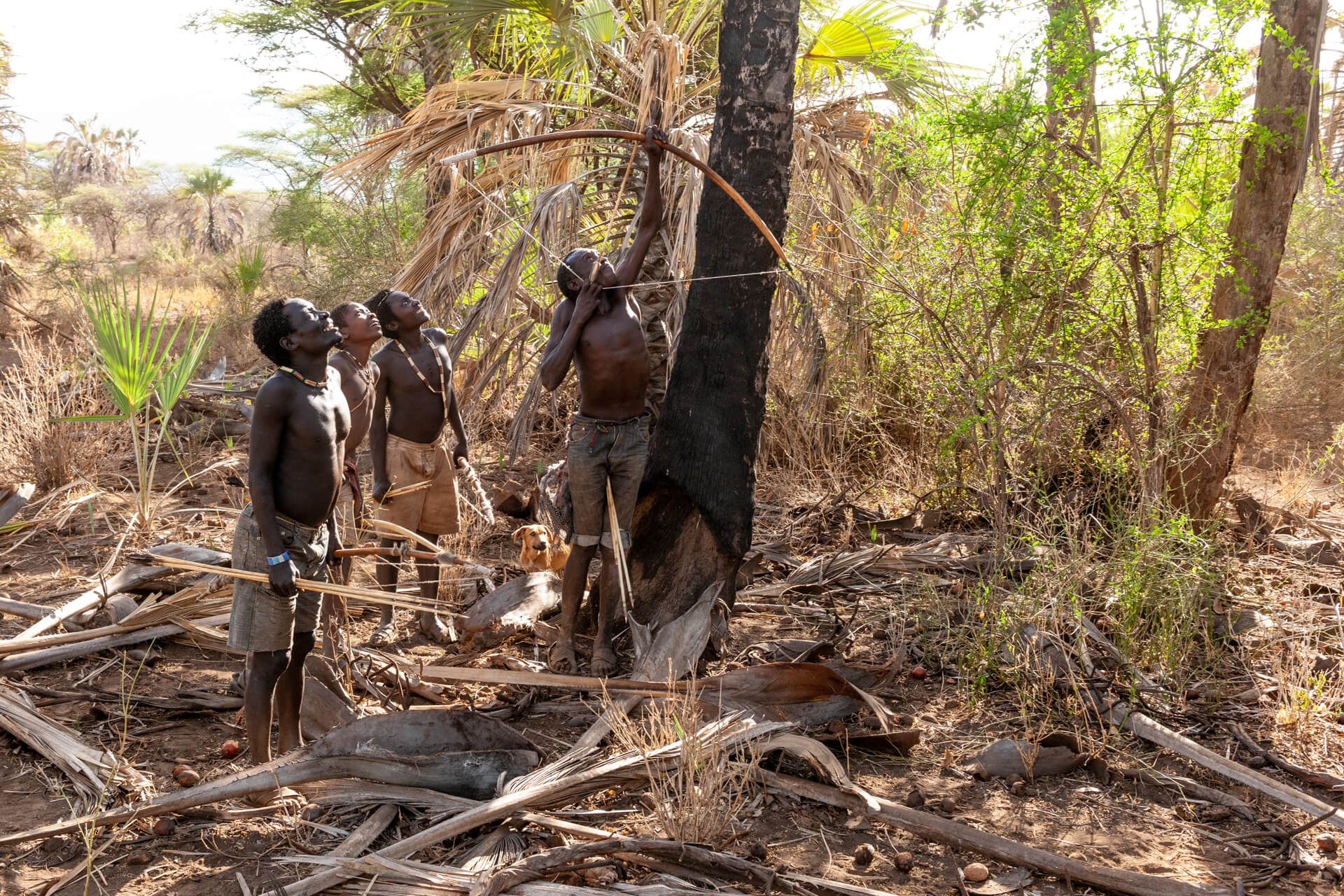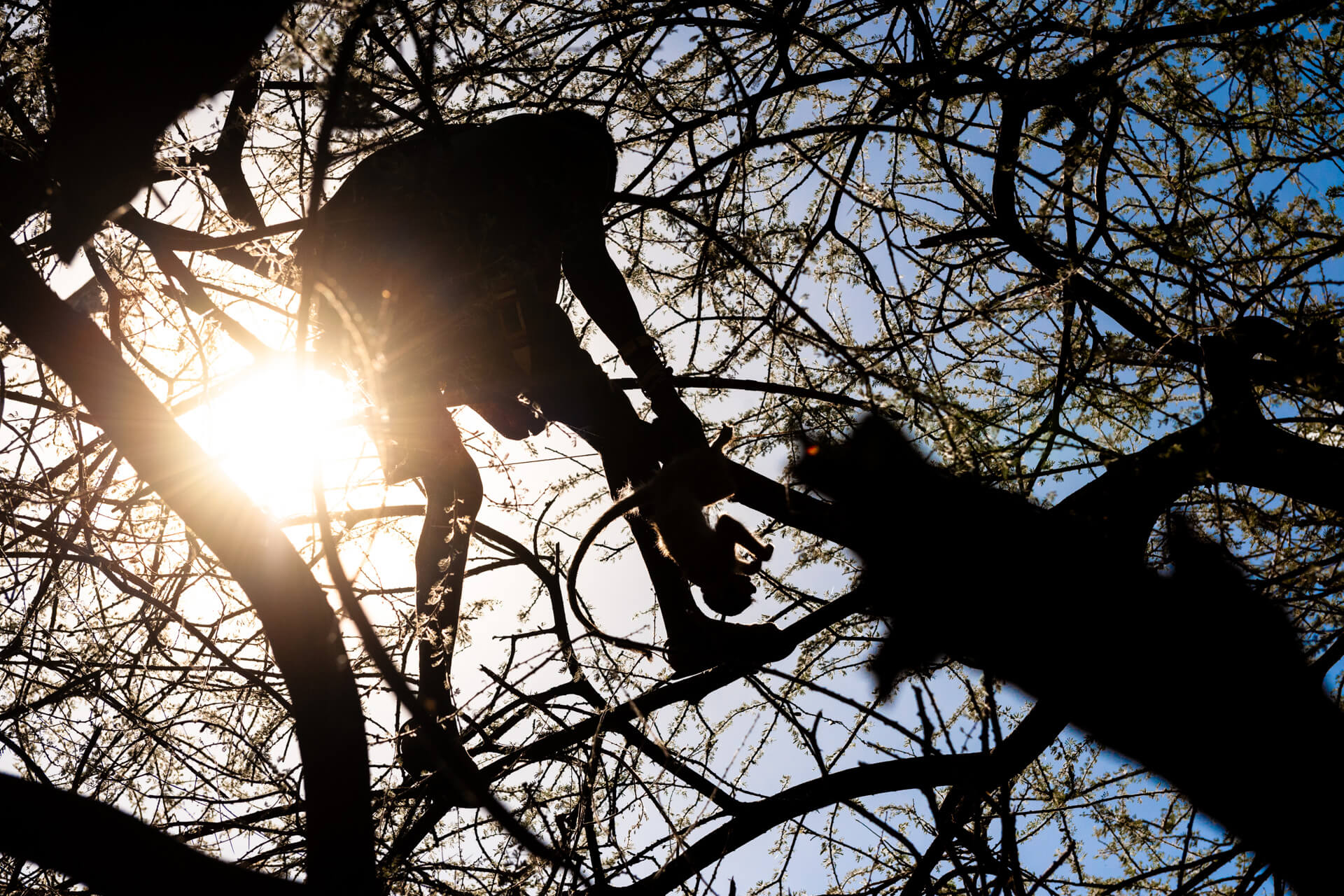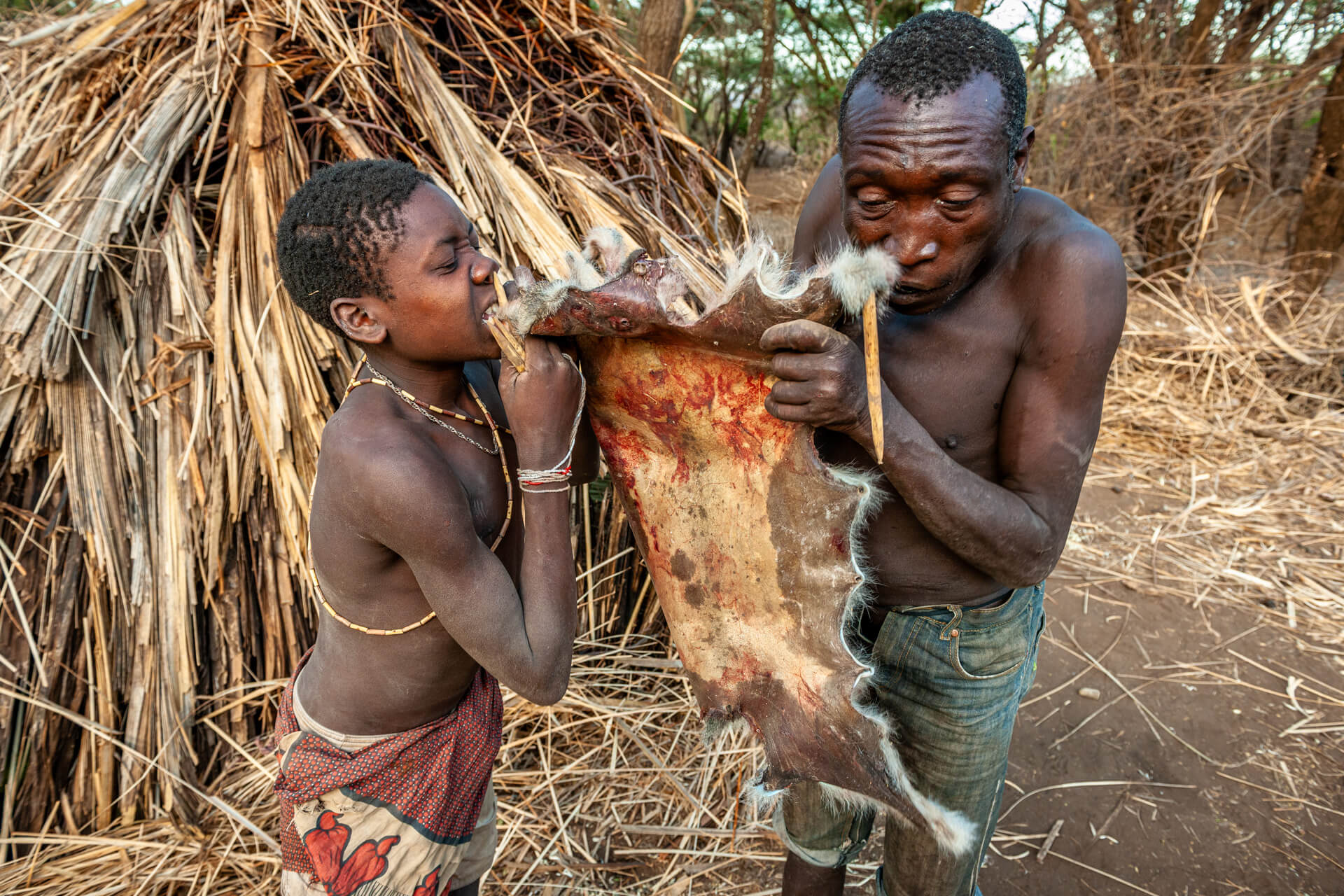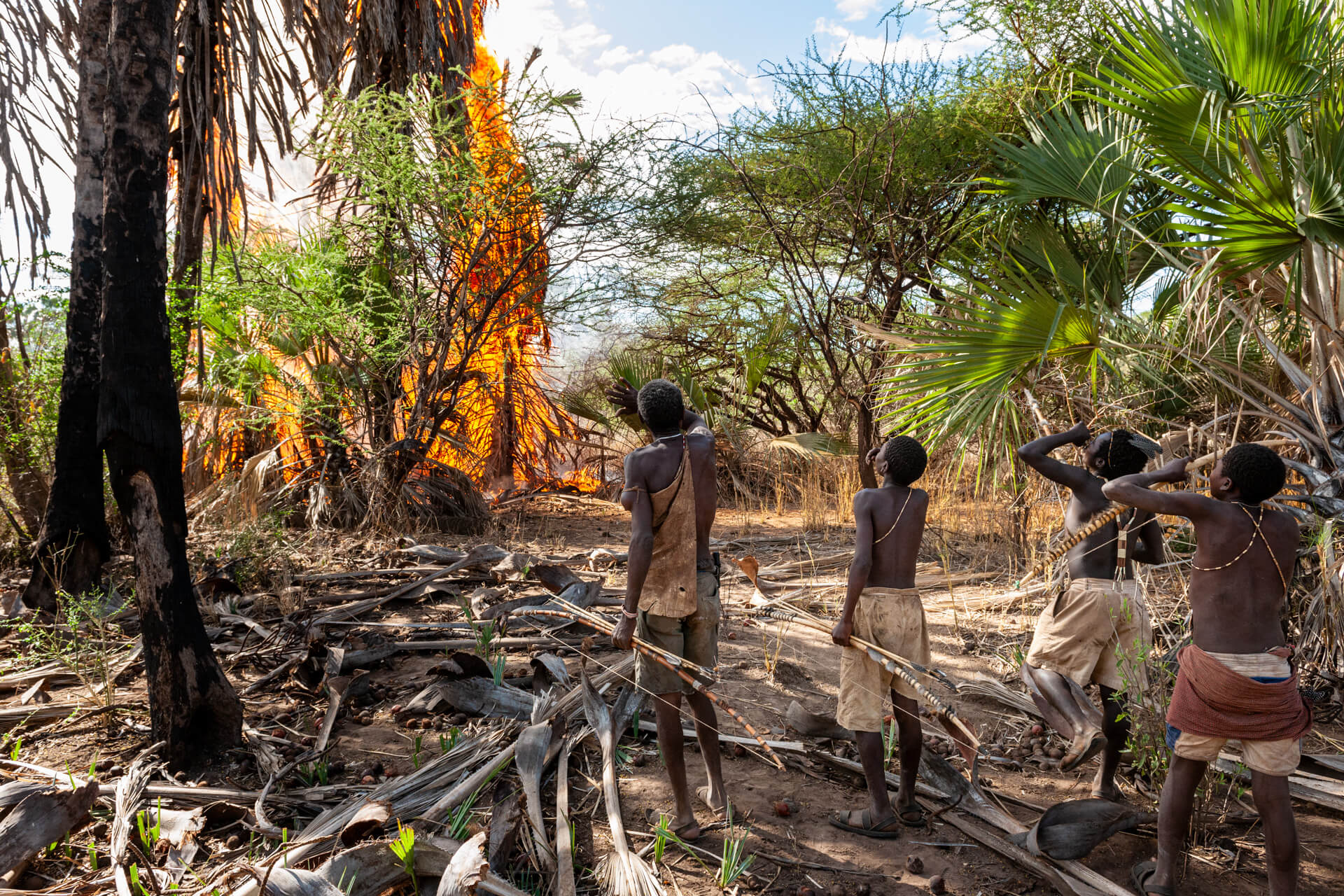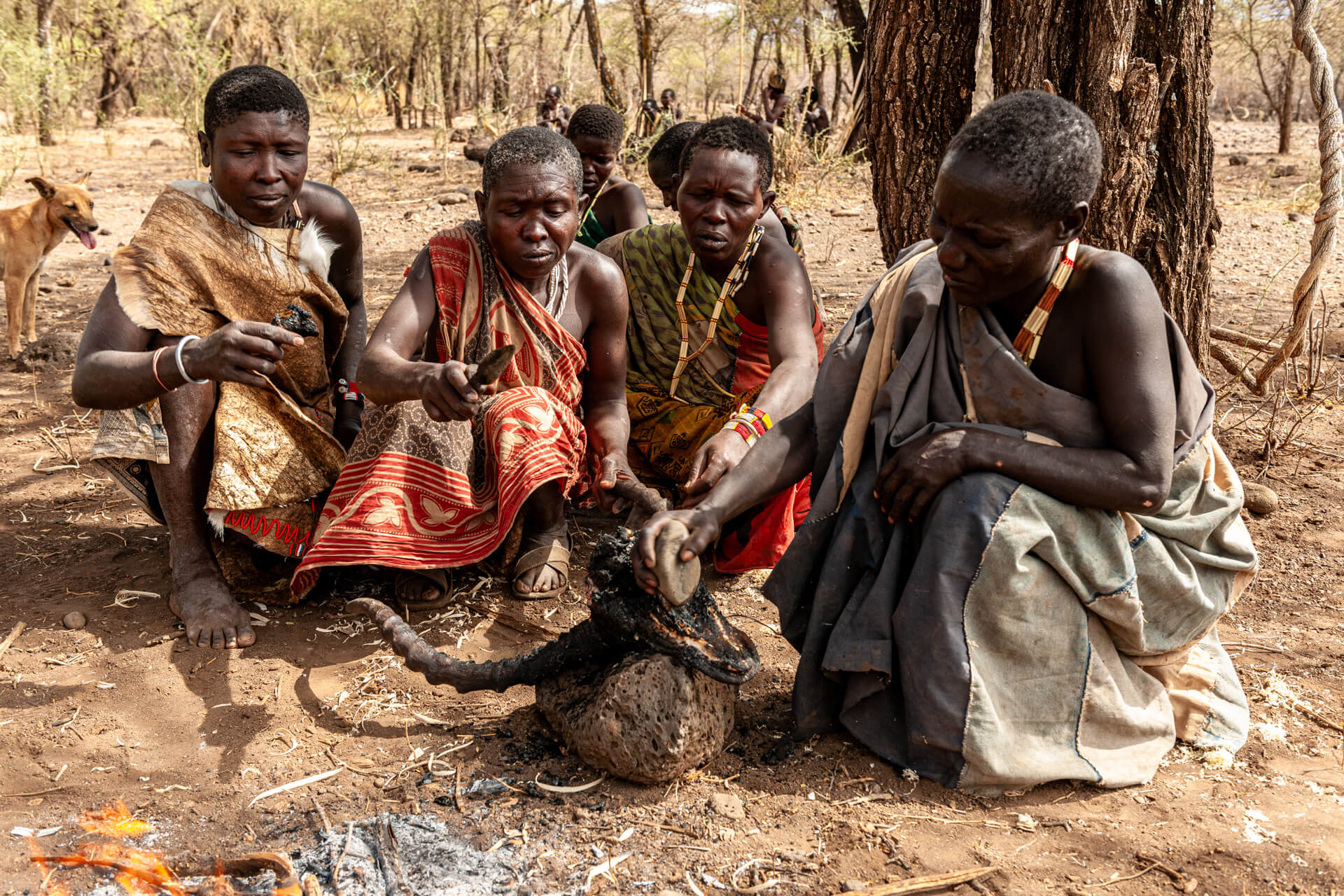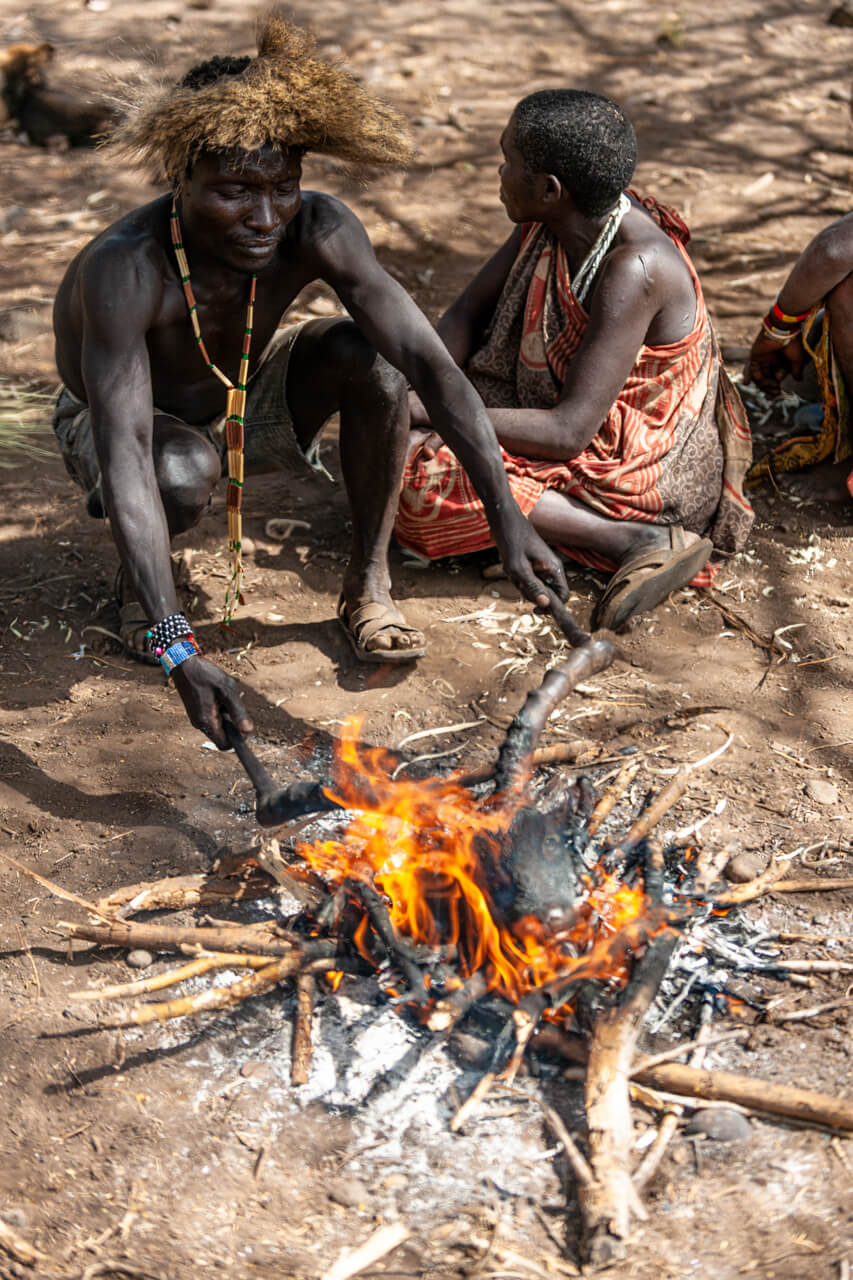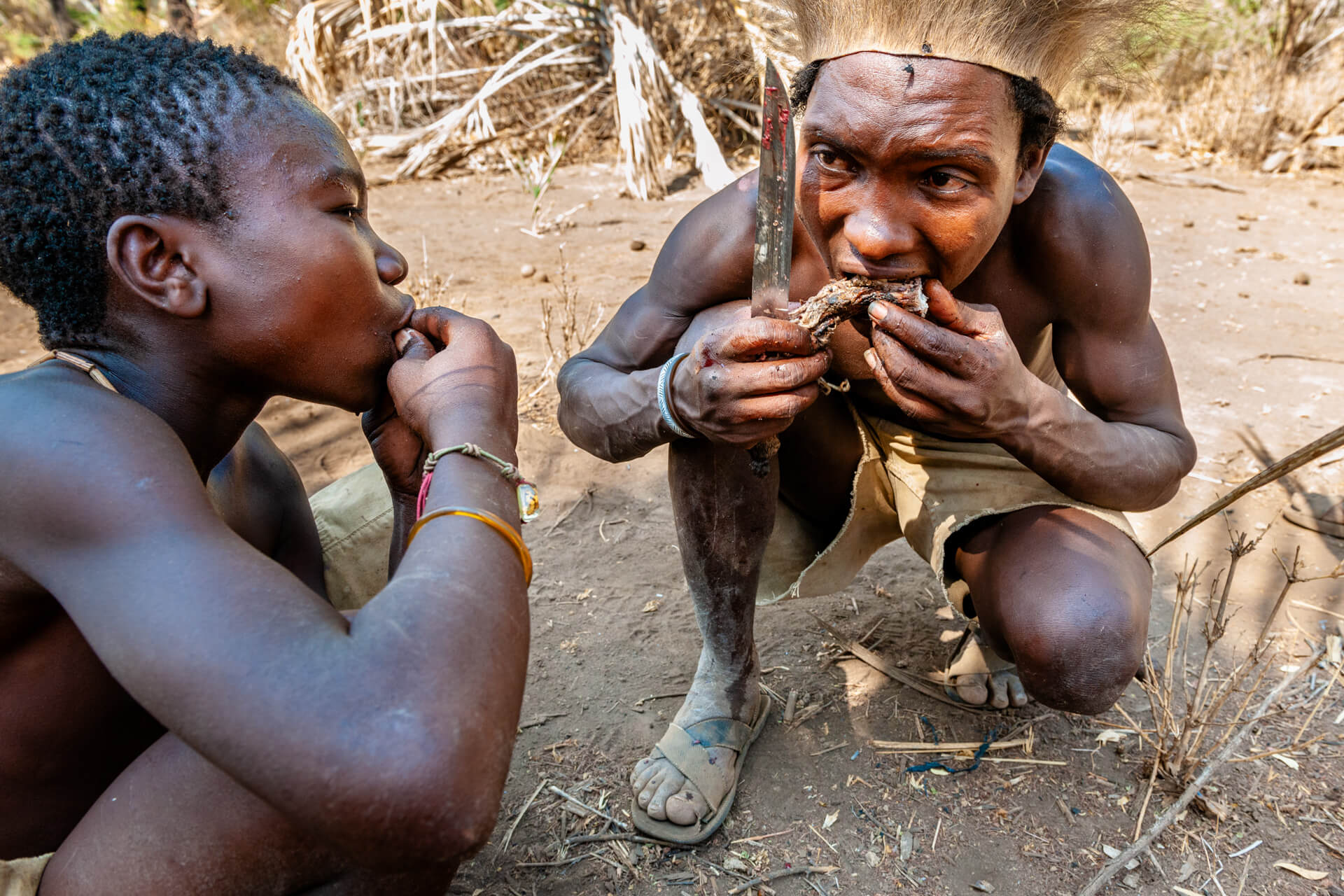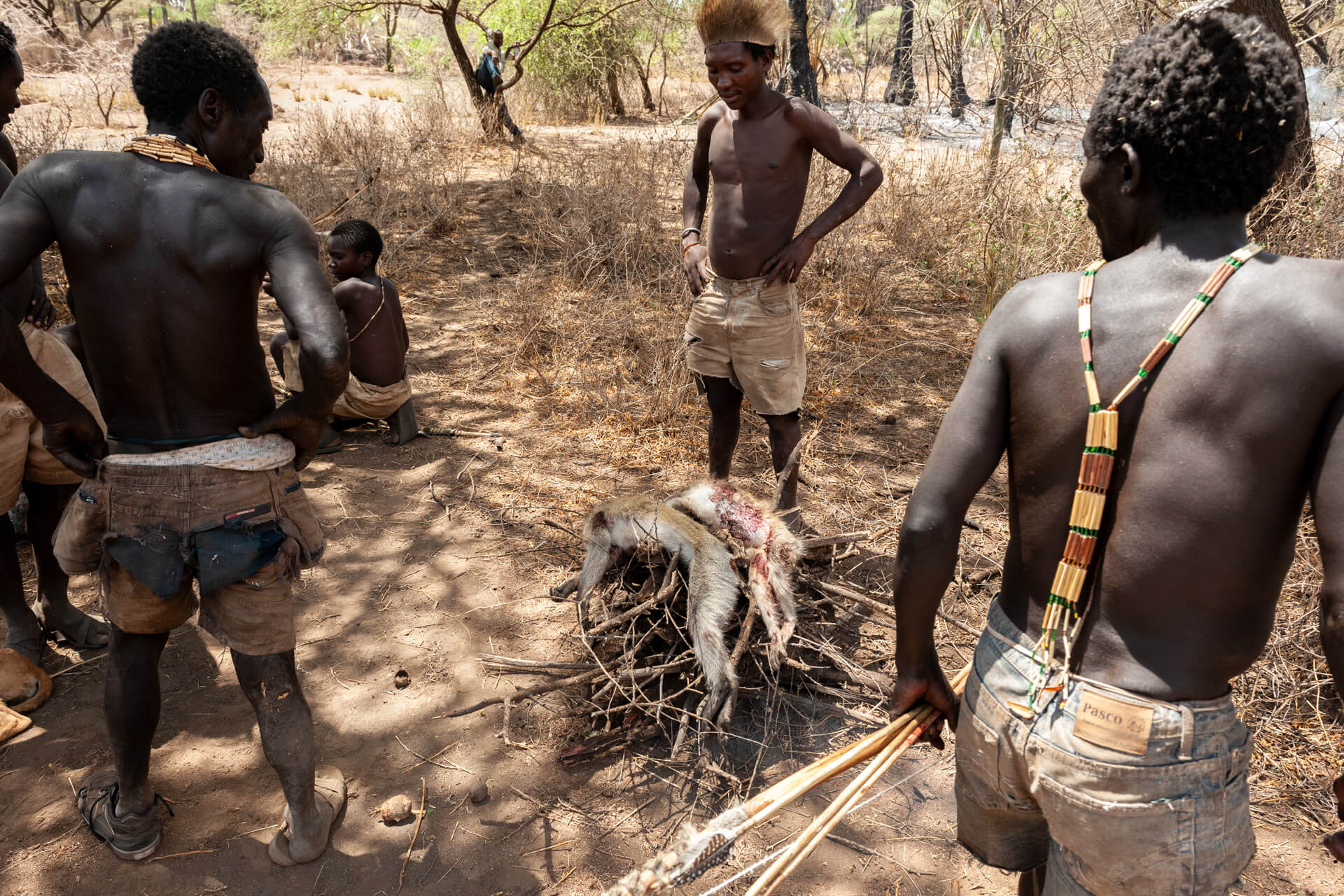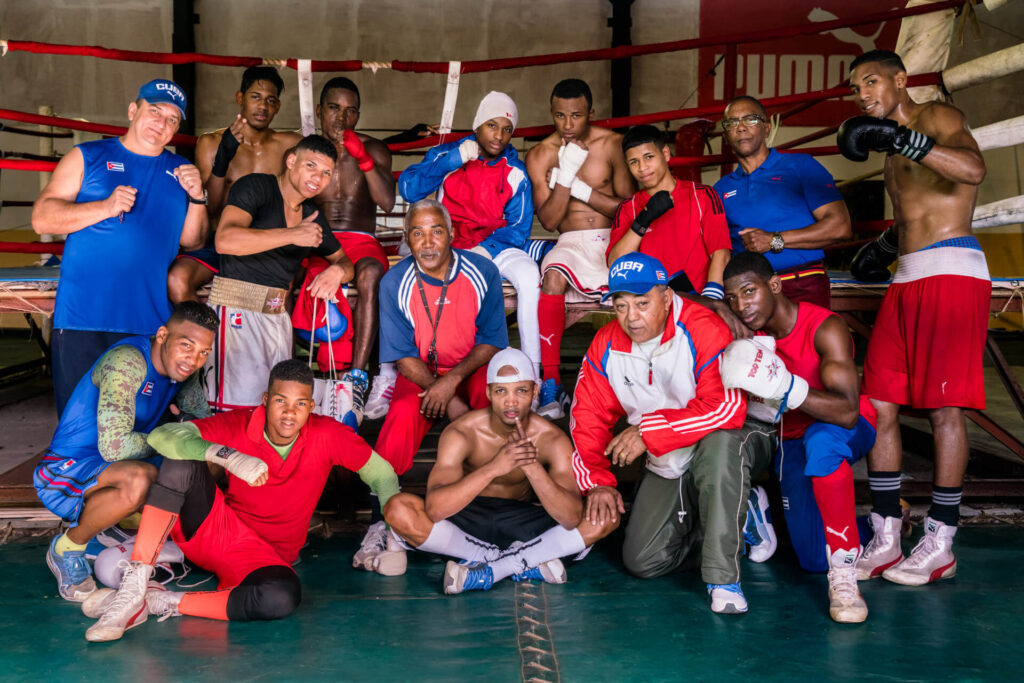Hadzabe People, Last of the Hunter Gatherers : Baray, Tanzania
One of the most unusual and unique tribal experiences I’ve ever had was in Tanzania, when I spent time with the Hadzabe people. These indigenous hunter-gatherers, one of the last remaining tribes to live as their ancestors did, have survived for thousands of years by hunting game with arrows and foraging for fruits and roots.
I had traveled to Tanzania to immerse myself in their culture, to understand their way of life in an ever-changing world. The Hadzabe live near Lake Eyasi, in the arid, rugged bushlands of northern Tanzania, and their lives remain deeply connected to the land. They speak a click language, and their traditions have remained relatively unchanged for centuries.
Hunting with the Hadzabe was physically demanding. We ran about five miles through the bush until we found our prey. As a big guy not accustomed to running in the heat with cameras and gear, keeping up was a challenge. The dense and irregular terrain of the bushland made each step difficult, sometimes climbing over downed trees or crossing deep ravines with puddles of water. The air was thick with heat and humidity, but somehow, I managed to keep pace.
The hunt was fast-paced and intense, with the Hadzabe moving with precision and focus. When we reached a grove of palm trees, I saw monkeys in the trees above us. The hunters immediately unleashed their barrage of arrows on the monkeys. It was chaotic and brutal. Some monkeys were screaming in agony, wounded but still clinging to the branches, while the hunters tried to burn them out with fire. Arrows were flying in all directions from 360 degrees around the trees, and you had to be careful not to get hit by one as it came back down, having missed its target above.
This wasn’t just a hunt for food; it was a crucial part of their survival, an essential link to their culture and way of life. The monkeys, once killed, were thrown onto small bonfires and cooked for a short period before being eaten. Some were saved to take back to camp for the women and children who were waiting for their next meal.
The night before, I had been at their camp with the hunters as they prepared their arrows. They carefully checked that the arrows were straight and the feathers were positioned correctly to guide the flight. They used fire to heat the wood, bending it to the desired shape. Every part of the preparation was meticulous. The hunters had a profound respect for their tools, knowing that their survival depended on the precision of their arrows and the quality of their craftsmanship.
For the Hadzabe, hunting is more than just a way to find food—it is a cultural practice, a ritual passed down through generations. Their physical conditioning, hunting skills, and knowledge of the land are part of their identity. But with forces pressing in, the Hadzabe’s way of life is becoming increasingly threatened. Climate change, loss of land, and the encroachment of neighboring tribes and governments have put their survival at risk.
The Hadzabe are among the last truly nomadic hunter-gatherer societies in East Africa, and their ability to live off the land and their deep knowledge of the bush is something that can’t be replicated by modern technology. As I spent time with them, I felt a deep sense of respect for their resilience and resourcefulness as well as their daily balance of skill, knowledge, and appreciation for the natural world.


